Table of Content
Big Bend National Park | Intro
Big Bend National Park is located in the southwestern part of Texas, at the border between the United States and Mexico. The park is known for its diverse landscapes. A significant river, the Rio Grande, flows through a vast area of desert within the park, creating both oases and canyons. As a result, the park features desert, oasis, and high mountain landscapes. In the desert, the summers are extremely hot, while winters can have significant temperature variations. The best seasons to visit are generally spring and fall. We visited in winter and found the temperature pleasantly warm throughout the day.
![Texas Tourism] Big Bend National Park 3 days driving trip, accommodation, food tips totaled 1 Big Bend National Park, Big Bend National Park 1](https://blog.travelhackfun.com/wp-content/uploads/2022/03/batch_2021-12-25-10-54-56.jpg)
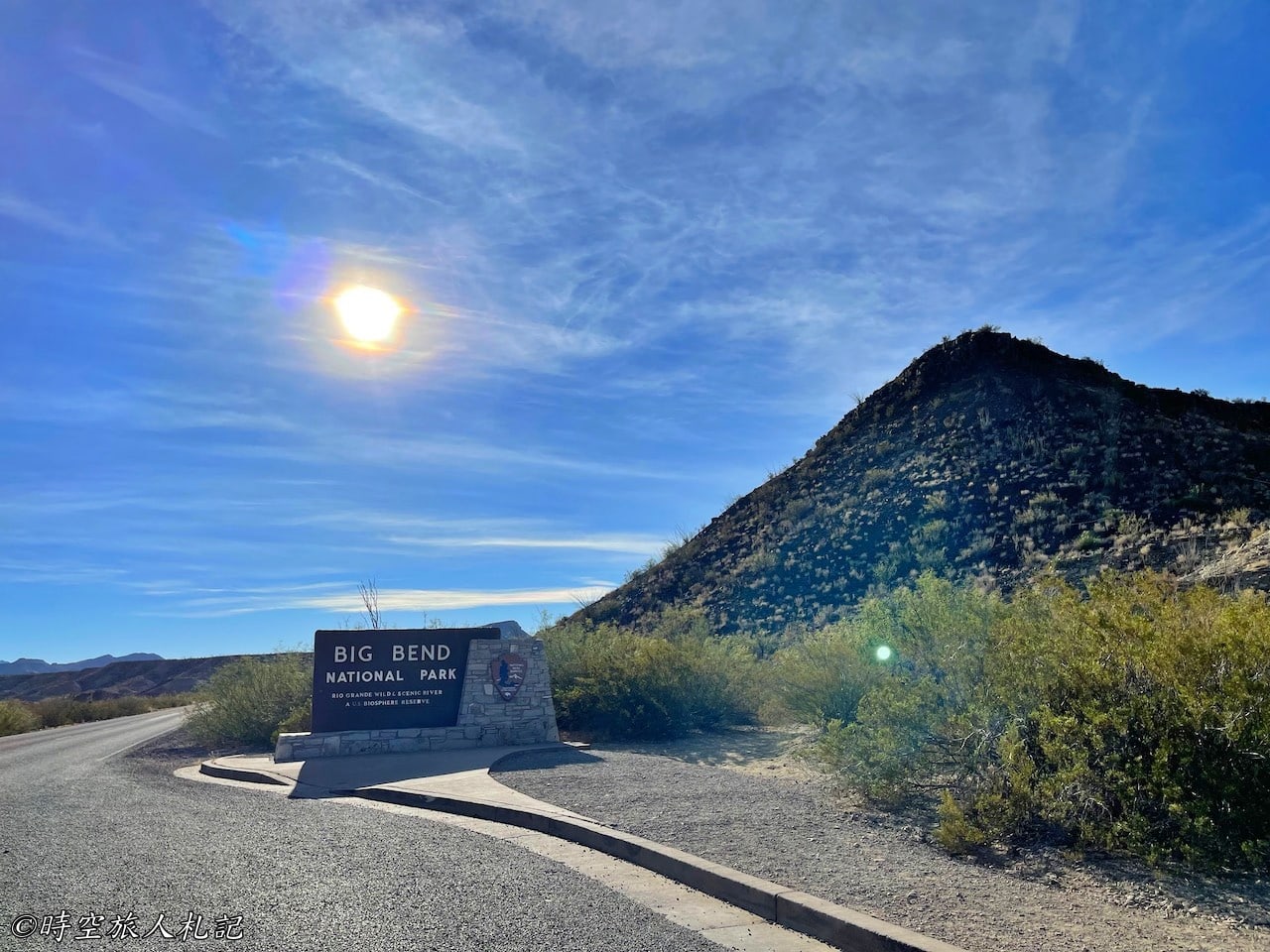
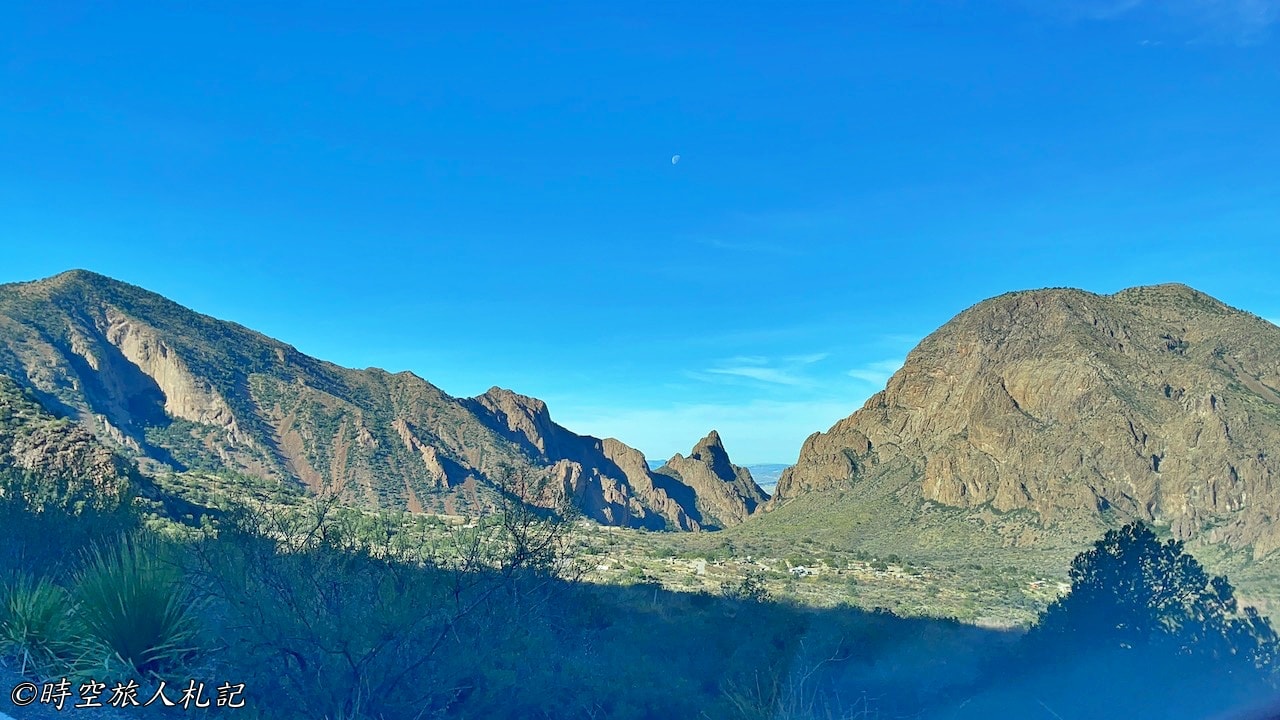
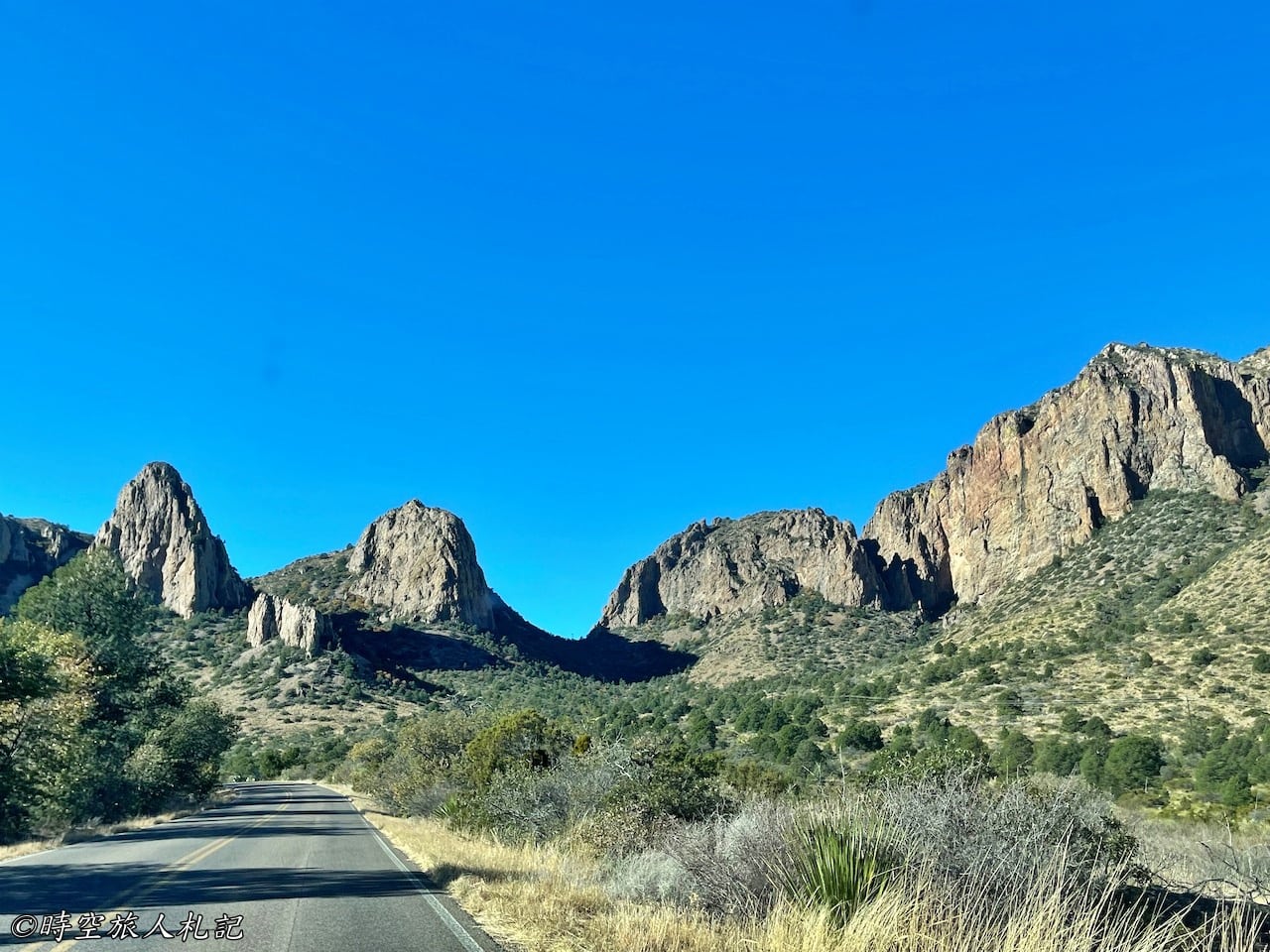
Transportation
Generally, the only way to reach Big Bend National Park is by car, as it is a relatively remote national park with no nearby airports. Typically, visitors must fly to a nearby city and then drive for about five to six hours to get there. The closest major city is El Paso in Texas, which is a five-hour drive away. We drove from Austin, which took us seven hours. Although the journey passes through some smaller towns, there aren't many attractions along the way, with towns being closer either to Austin or to Big Bend National Park. Due to its relative inaccessibility, the advantage is that, despite the park's large size, it is not very crowded.
Regardless of which major city in Texas you're driving from, there aren't many towns to stop at during a long seven-hour journey. When we drove from Austin, we planned a half-day visit to Fredericksburg, and also took breaks in Alpine, Marathon, and Fort Stockton.
Itinerary
Visiting Big Bend National Park can generally be divided into three main areas: the eastern, central, and western parts of the park:
- The eastern part of Big Bend National Park covers the Rio Grande Village and Boquillas Canyon. The main attractions in this area are along the Rio Grande River, passing through Hot Springs and Rio Grande Village, eventually ending at the Boquilla Canyon Trail. From Panther Junction, it's a one-hour drive one-way, passing through hot springs, the river, and the canyon.
- The central part of Big Bend National Park is the Chisos Mountains area. Even starting from Panther Junction, which borders the eastern part, the actual mountainous road to this area takes less than 20 minutes. This is the starting point for many of the park's most popular hiking trails and offers stunning high mountain landscapes.
- The western part features the Ross Maxwell Scenic Drive, a 30-mile scenic route passing through vast Chihuahuan Desert landscapes. Along the way, it passes the Castolon Historic District, extending all the way to the Santa Elena Canyon.
The journey to Big Bend National Park is long, and most tourists arrange a three-day or more itinerary in the park, so it's a good idea to divide the three parts of the trip into three days. You can decide which part of the park you want to visit first according to your accommodation and the route you want to take, because you have to drive to the end of the park and back again, so no matter which part of the park you want to visit first, it will be more or less the same. We entered the park on the first day and stayed outside the park, so here is the general route:
- Day 1: In the Chisos Basin area, complete the Window Trail and Lost Mine Trail hikes.
- Day 2. Ross Maxwell Scenic DriveI basically stopped at every point, originally I only planned to finish the Dorgan-Sublett Trail, Santa Elena Canyon Trail, but later I had time to walk the Lower Burro Mesa Pouroff, and left at 5:00pm to go to Terlingua for dinner.
- Day 3: We drove along the road to the east to visit the Hot Springs and Rio Grande Village. Then, we headed north to prepare for our departure. On our way out, we conveniently stopped at the Fossil Discovery Exhibit, which is the only site located north of Panther Junction.
This itinerary assumes that the driving time to the national park is not included. If you factor in the drive to and from Austin, you would need an additional two days. However, if you truly only have three days and time is limited, you can condense the visit into a one-day tour of the park. This would involve skipping the eastern part, only hiking the shortest trail (Window Trail) in the central area, and then spending most of the time exploring the western part, Ross Maxwell Scenic Drive.
Landmarks and Top Attractions
Panther Junction Visitor Center
In the park, you'll frequently pass by the visitor center, a place you definitely go through when heading to Chisos Basin and Rio Grande Village. Therefore, it's often crowded each time you pass by. Outside the visitor center, there's an interesting small trail that introduces various cacti and other plants found in the desert. It's quite educational, especially since you constantly see these plants while driving or hiking.
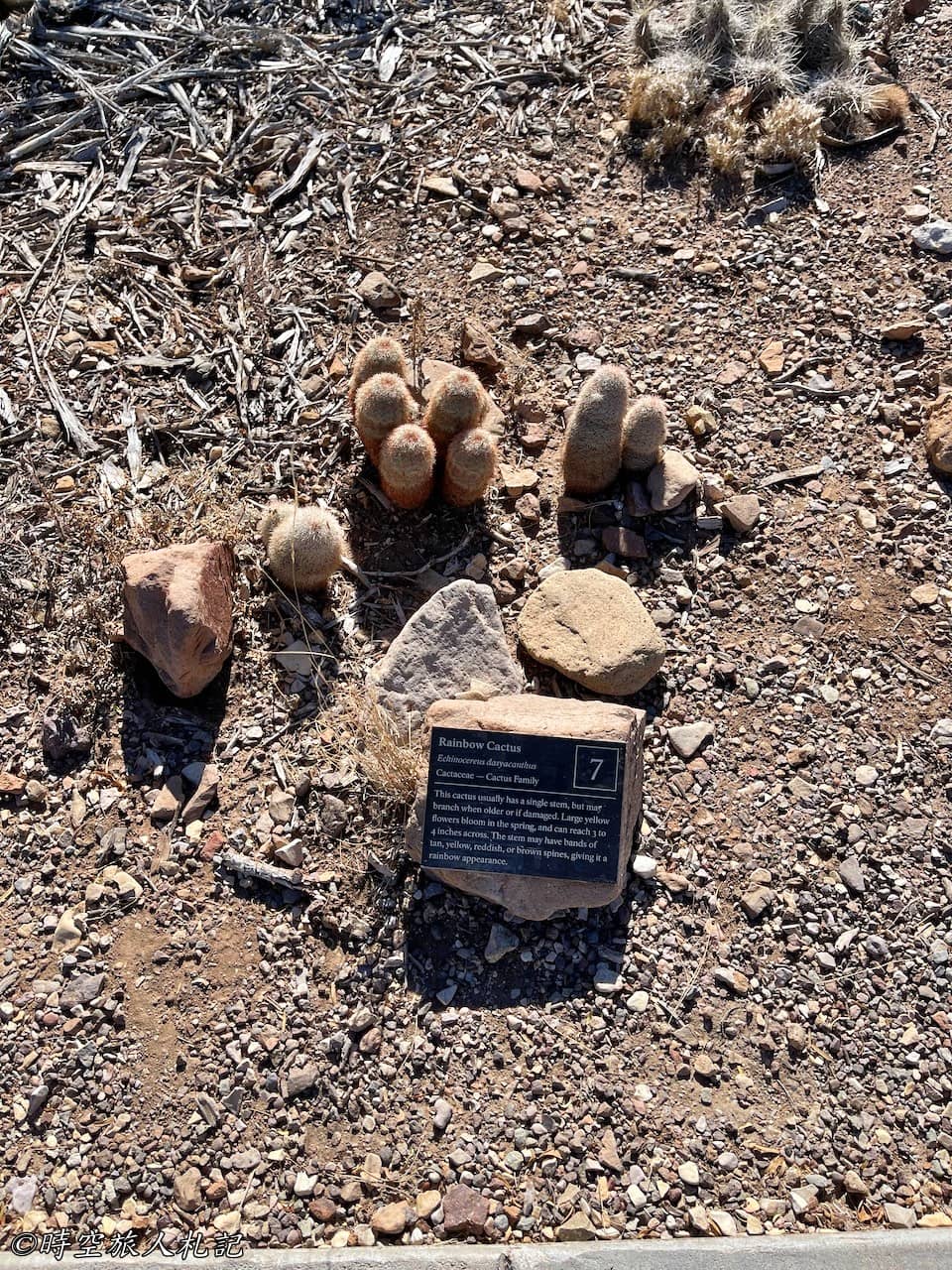
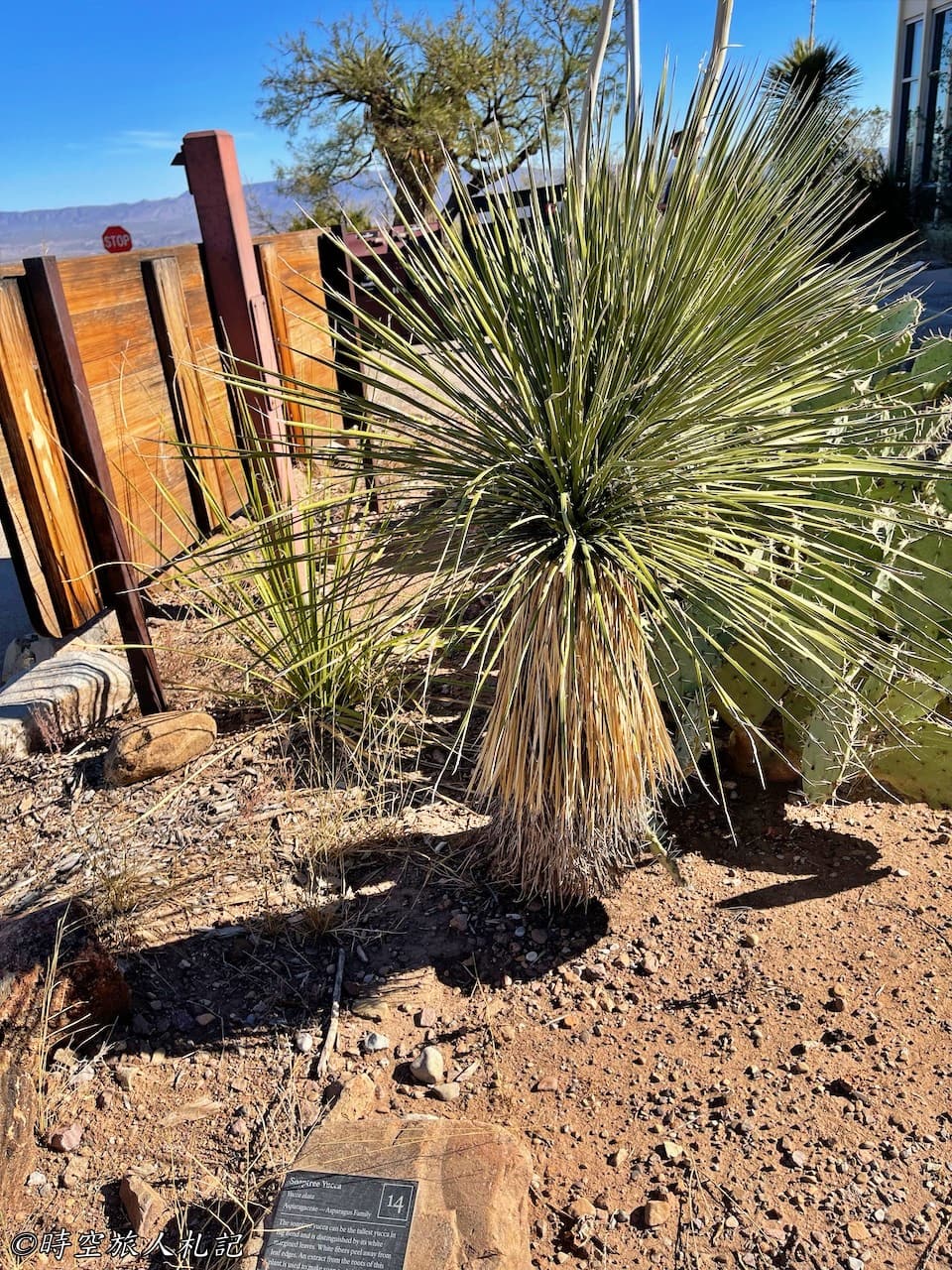

![Texas Tourism] Big Bend National Park 3 days driving trip, accommodation, food tips totaled 8 Big Bend National Park, Big Bend 8](https://blog.travelhackfun.com/wp-content/uploads/2022/03/batch_2021-12-27-11-26-59.jpg)

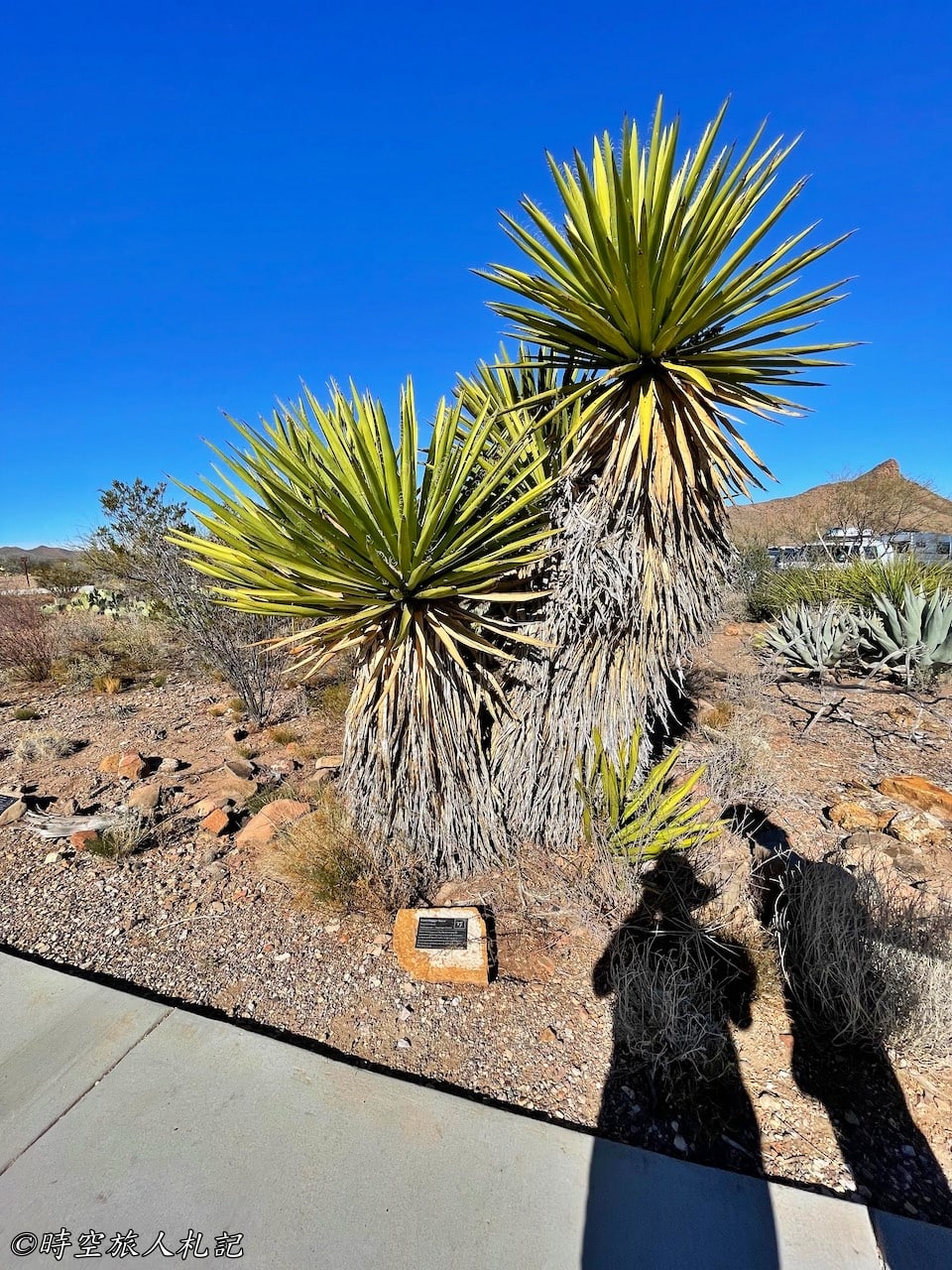
![Texas Tourism] Big Bend National Park 3 days driving trip, accommodation, food tips totaled 11 Big Bend National Park, Big Bend National Park 11](https://blog.travelhackfun.com/wp-content/uploads/2022/03/batch_2021-12-27-11-19-20.jpg)
Fossil discovery exhibit
Located north of Panther Junction, on Highway 385, this area is also a part of the park, though it is relatively far from other attractions. The exhibit here focuses on dinosaur fossils. The region where the park is situated was once an ancient seabed. Due to significant geographical changes over time, archaeologists have discovered numerous dinosaur fossils in this area, which are among the oldest on the American continent.
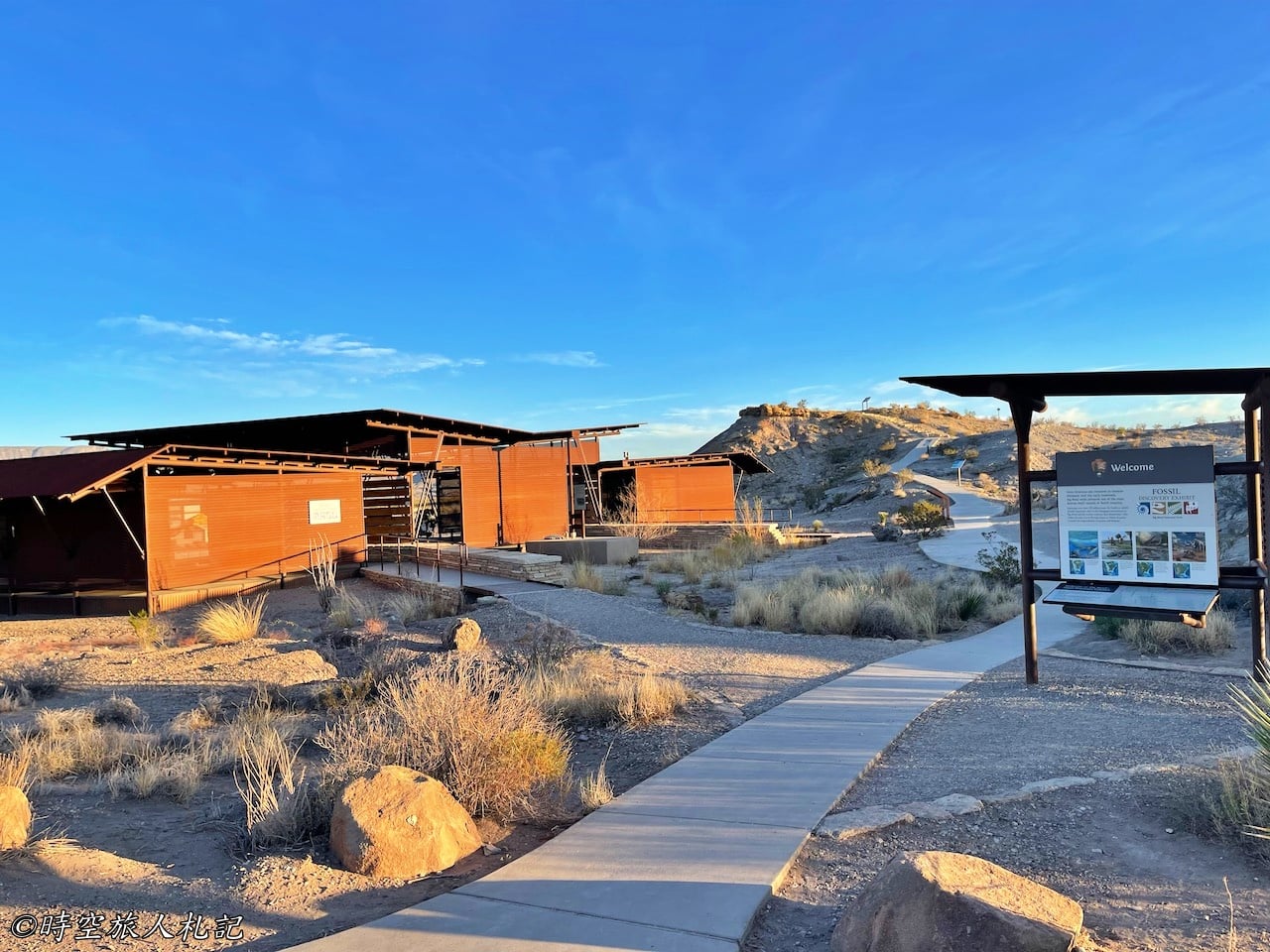
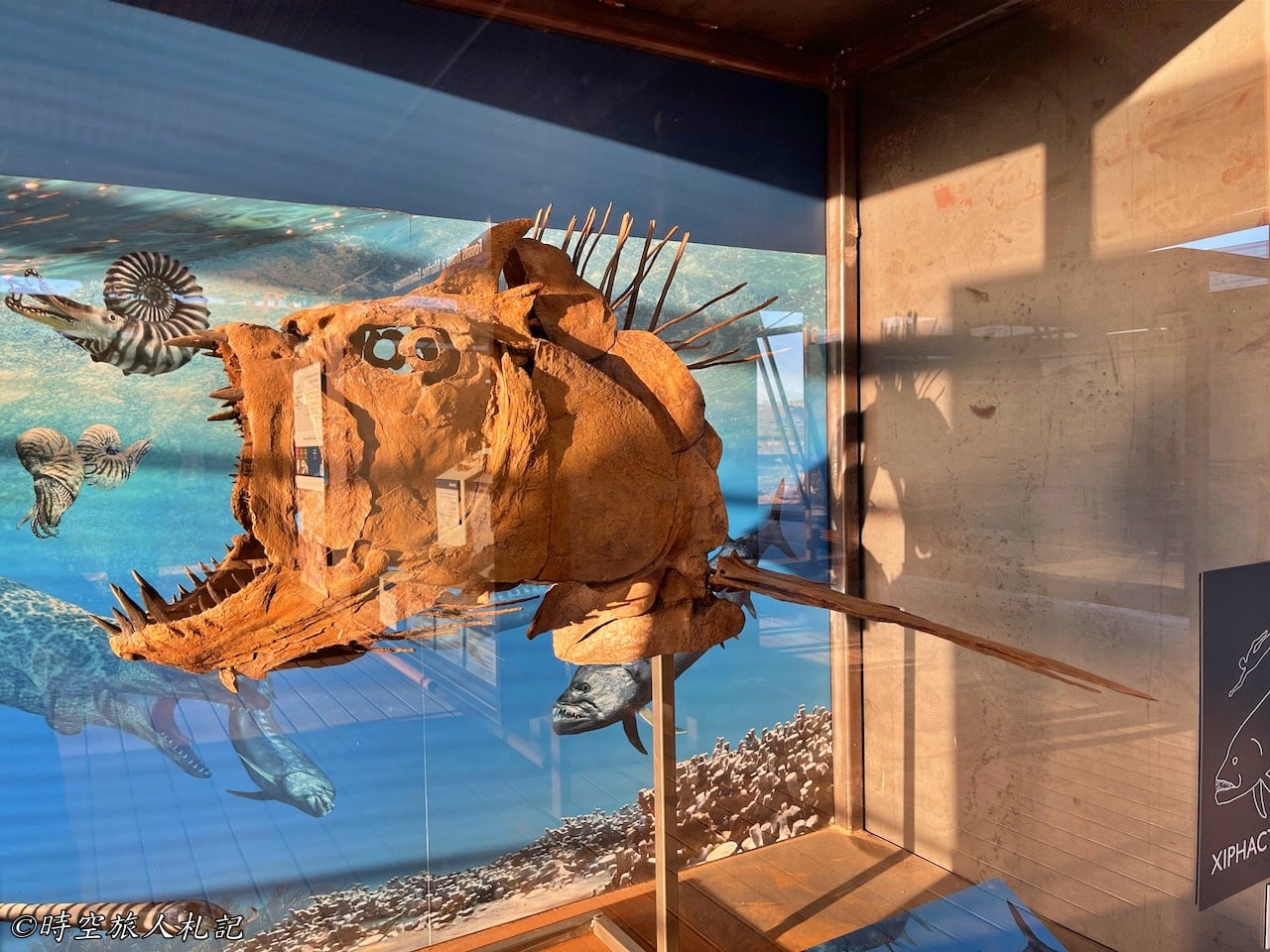
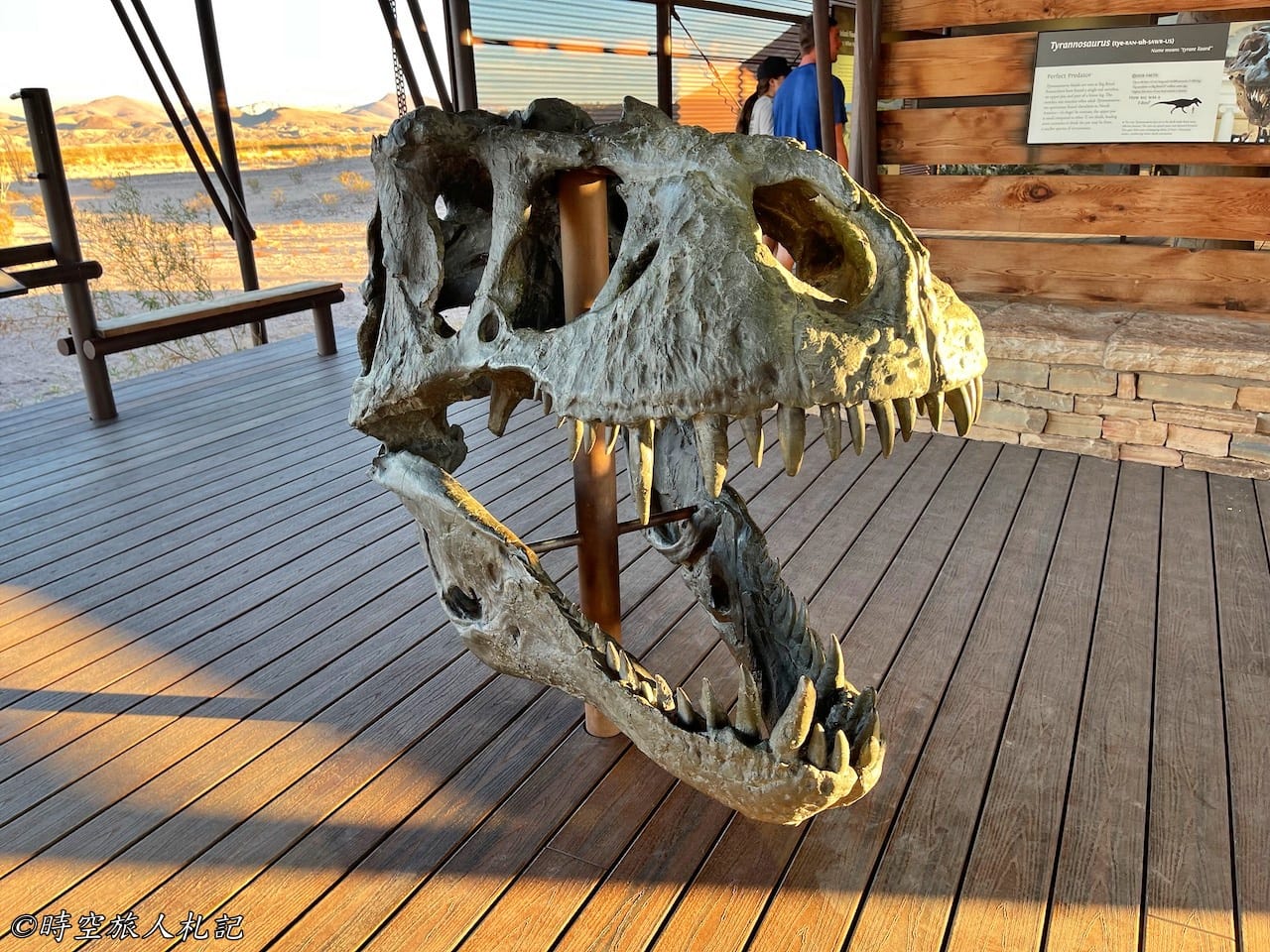

![Texas Tourism] Big Bend National Park 3 Days Self-drive Itinerary, Accommodation, Food Tips General Organization 16 Big Bend National Park, Big Bend National Park 16](https://blog.travelhackfun.com/wp-content/uploads/2022/03/batch_2021-12-27-17-31-35.jpg)
![Texas Tourism] Big Bend National Park 3 Days Self-drive Itinerary, Accommodation, Food Tips General Organization 17 Big Bend National Park, Big Bend National Park 17](https://blog.travelhackfun.com/wp-content/uploads/2022/03/batch_2021-12-27-17-32-05.jpg)
The hill behind the display area is a nice spot to watch the sunset.
![Texas Tourism] Big Bend National Park 3 Days Self-drive Itinerary, Accommodation, Food Tips General Organization 18 Big Bend National Park, Big Bend National Park 18](https://blog.travelhackfun.com/wp-content/uploads/2022/03/batch_2021-12-27-17-35-38.jpg)

Window View
The highlight of Chisos Basin is the "Window View," which refers to the point where two mountains meet, creating a natural window-like formation. In Chisos Basin, there's the Window Trail, which takes you up close to the Window and comes highly recommended. However, the Window View is also stunning from a distance. If you're short on time or unable to walk far, you can take the nearby Window View Trail to the viewing platform. This trail is only 0.3 miles long and offers a fantastic view of the Window.
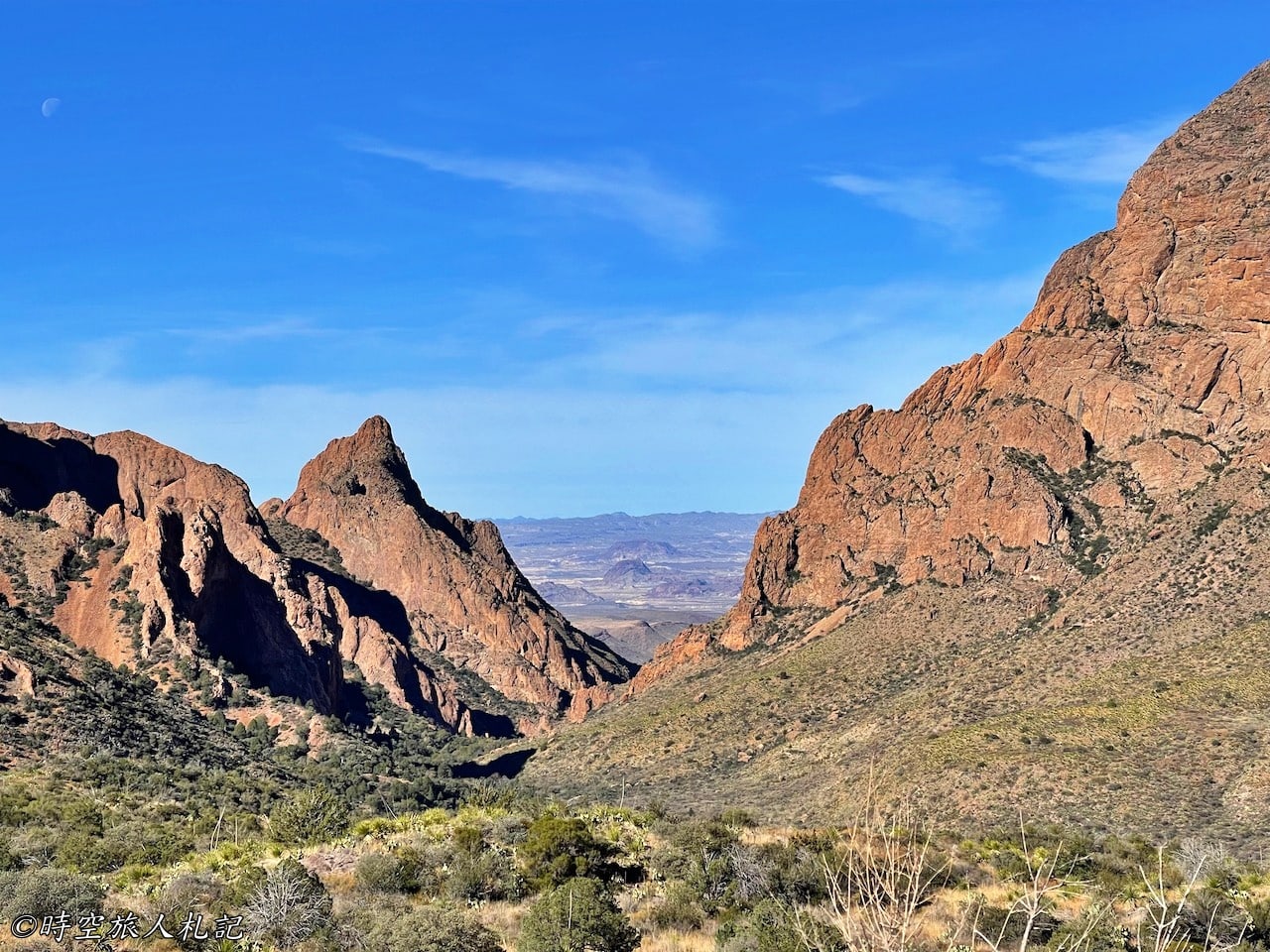
Lost Mine Trail
The Santa Elena Canyon is the endpoint of the Ross Maxwell Scenic Drive. Roughly after passing Sotol Vista on the drive, you can see the Santa Elena Canyon standing majestically at the US-Mexico border. On the left is Mexico, and on the right is Texas, forming a spectacular natural boundary.
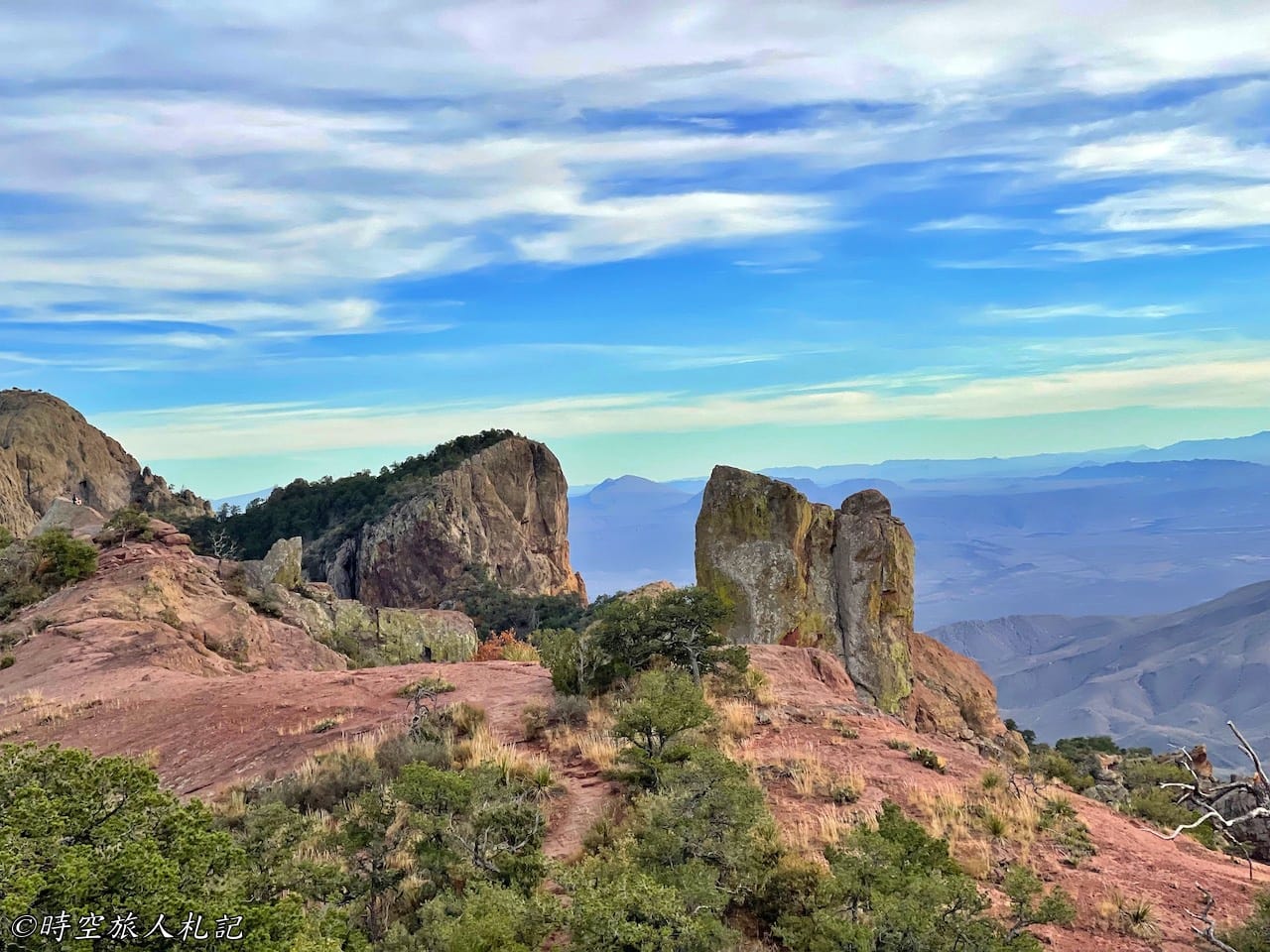
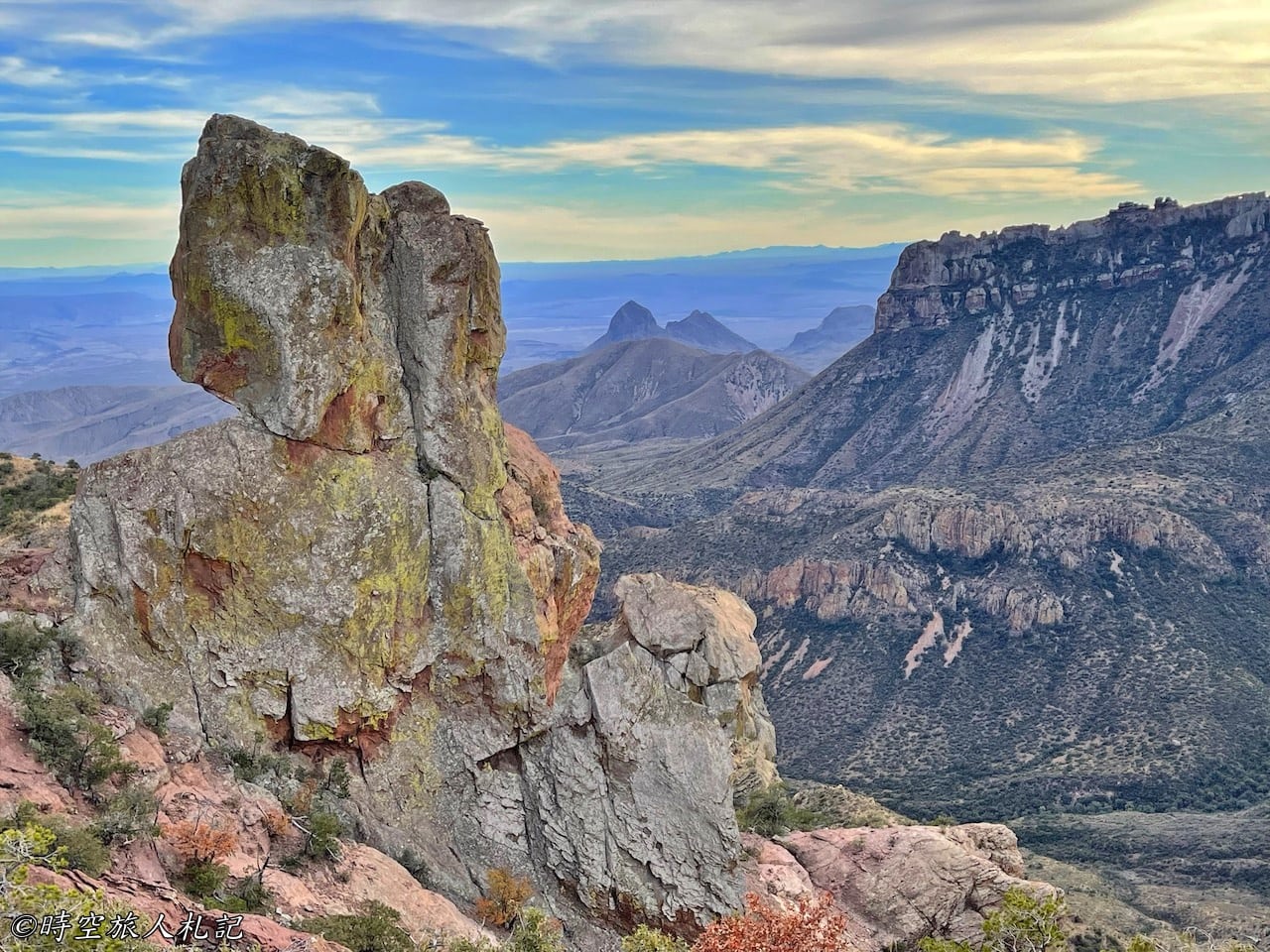
Santa Elena Canyon
Santa Elena CanyonIt is the end point of Maxwell Scenic Drive, all the way on Maxwell Scenic Drive about after Sotol Vista you can see Santa Elena Canyon standing on the U.S.-Mexico border, with Mexico on the left and Texas on the right, it is a spectacular natural border.
![Texas Tourism] Big Bend National Park 3 Days Self-drive Itinerary, Accommodation, Food Tips General Organization 23 Big Bend National Park, Big Bend National Park 21](https://blog.travelhackfun.com/wp-content/uploads/2022/03/batch_2021-12-26-13-52-15.jpg)
![Texas Tourism] Big Bend National Park 3 Days Self-drive Itinerary, Accommodation, Food Tips General Organization 24 Big Bend National Park, Big Bend National Park 22](https://blog.travelhackfun.com/wp-content/uploads/2022/03/batch_2021-12-26-14-44-58.jpg)
Hot Springs Canyon Trail
The entrance to the Hot Springs Canyon Trail is right next to Daniel’s Ranch, and I consider this trail a must-hike. This path allows you to reach a fantastic viewpoint of the Rio Grande River in less than a mile. After a challenging climb up the cliff, we finally reached the Rio Grande Overlook, where we saw the famous "Big Bend" that we had long heard of but never knew exactly where to find.

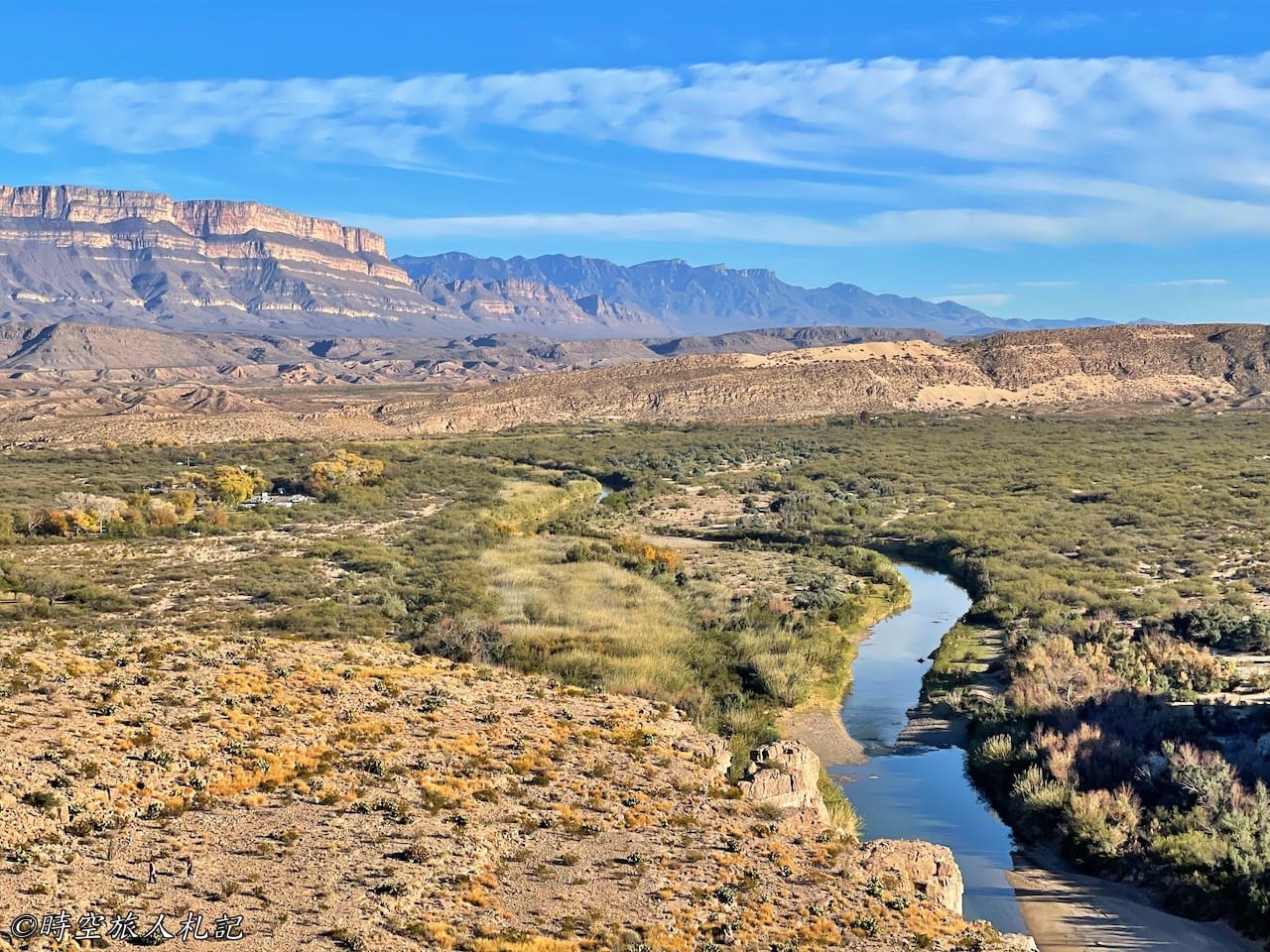
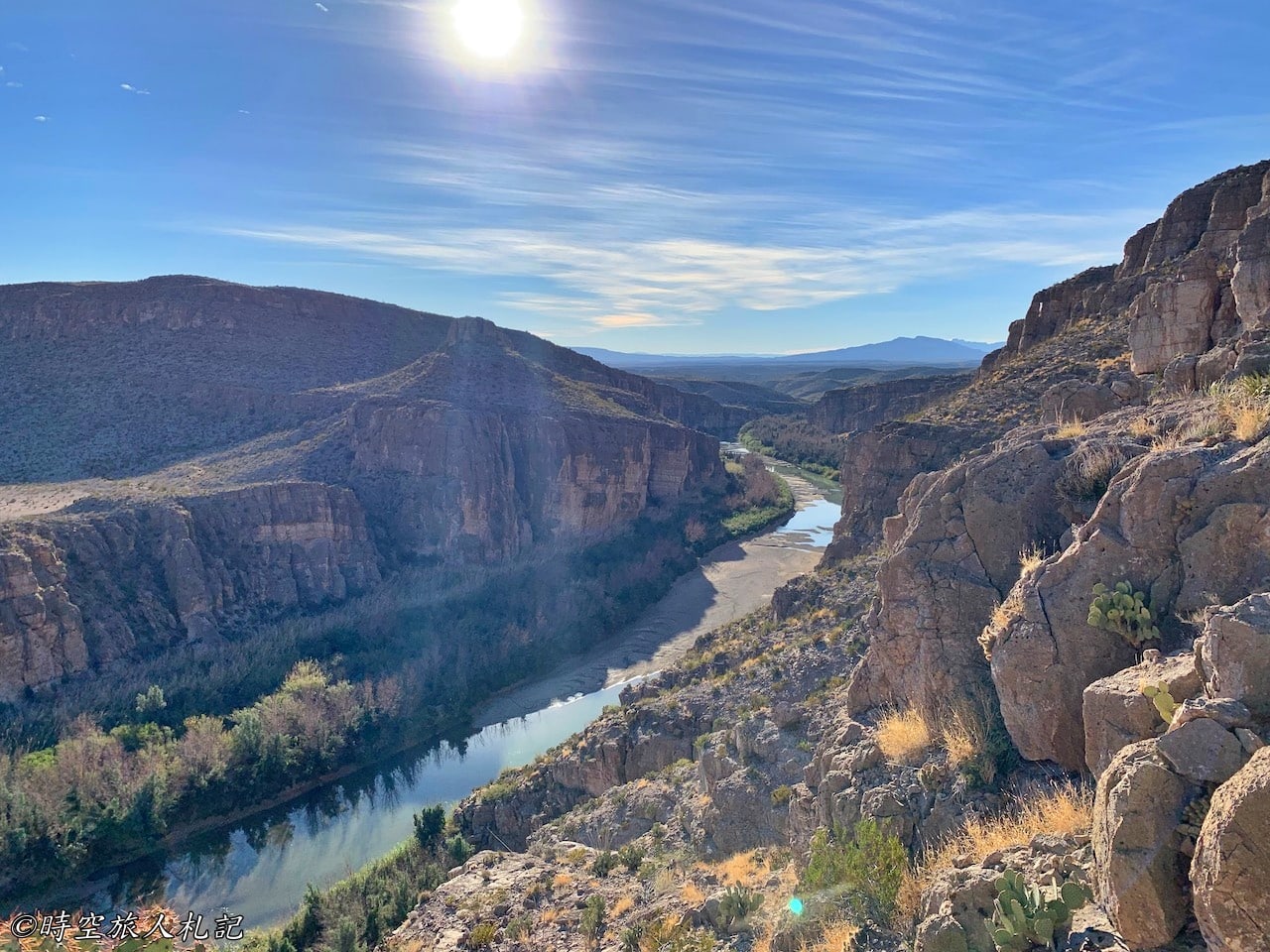

For a more detailed description of the attractions, please refer to the following posts for each area:
- Big Bend National Park: Exploring the Rio Grande Village Area
- Big Bend National Park: Exploring the Ross Maxwell Scenic Drive
- Big Bend National Park: Exploring the Chisos Basin Area
Accommodations
If you want to save on travel time, it's best to stay within the park, though securing accommodation inside the park can be quite challenging. The towns around Big Bend National Park are a bit distant, and there aren't many hotels. The closest town is Terlingua, which offers a landscape similar to the Badlands on the drive to the park. You can reach the park from Terlingua in about an hour, making it the most ideal lodging location outside the park. If you can't find accommodation in Terlingua, the next best options are near Alpine or Marathon. These locations are more affordable, but it takes about an hour or more to drive into the park from there. During our three-day trip, we stayed in a hotel in Alpine for the nights before and after the trip, and for the two nights of the actual trip, we stayed near Terlingua.
Book a stay in Terlingua?
Terlingua Old Town
Terlingua Old Town was our frequent stop for meals during our trip. Terlingua itself is quite fascinating; it was once a mining town, bustling with miners. The Chisos Mining Company, founded by a Chicago magnate in 1903, mined mercury here. Around the early 20th century, particularly around the 1930s, the town attracted many people, including cheap labor from Mexico due to its geographical proximity. However, after the company went bankrupt in 1942, Terlingua's population dwindled, and it nearly became a ghost town.
Today, a small community still resides in this area, but many places, like in Big Bend National Park, have become historical sites. The remnants of its mining past provide a unique backdrop to this quaint town.

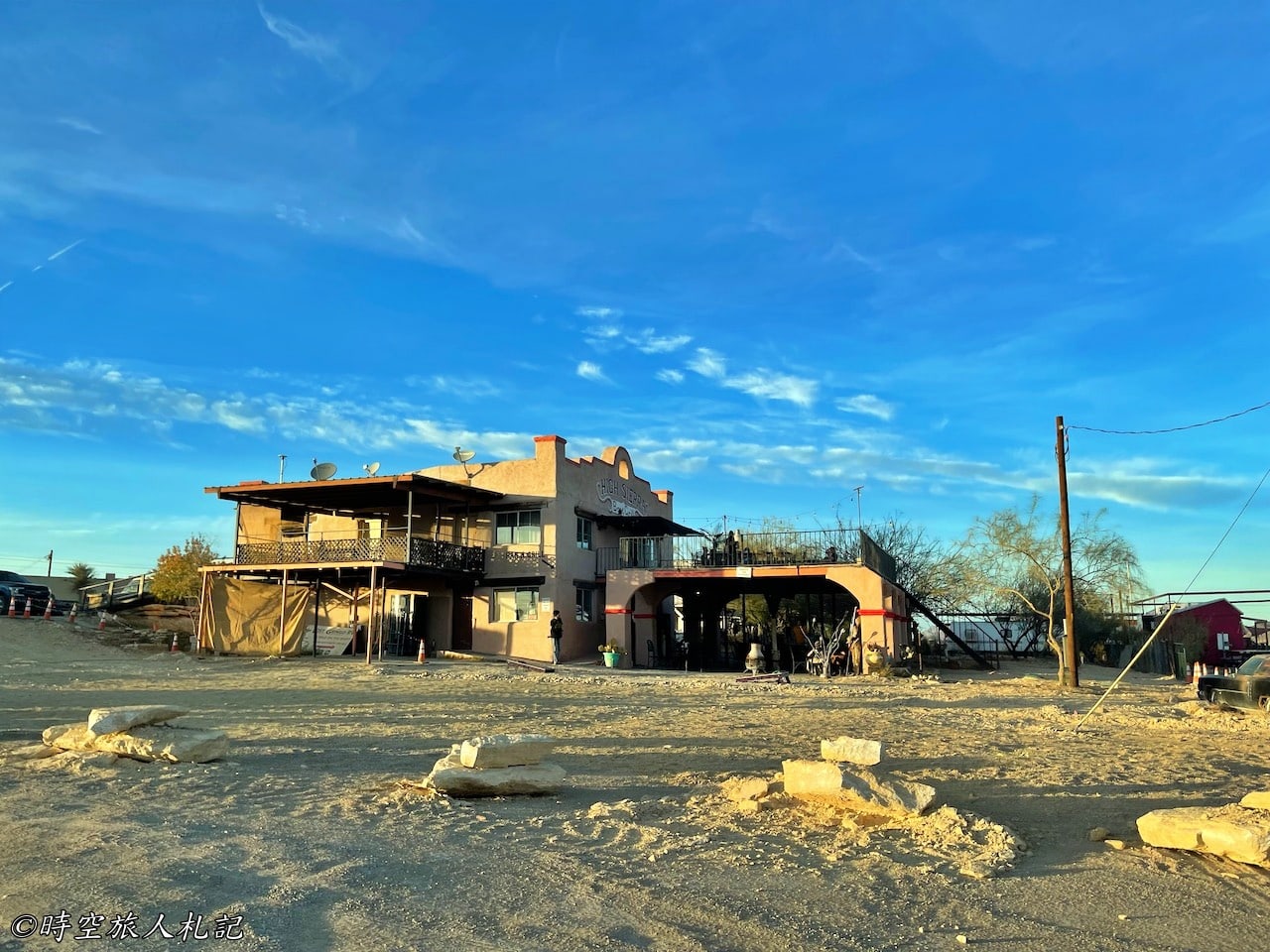
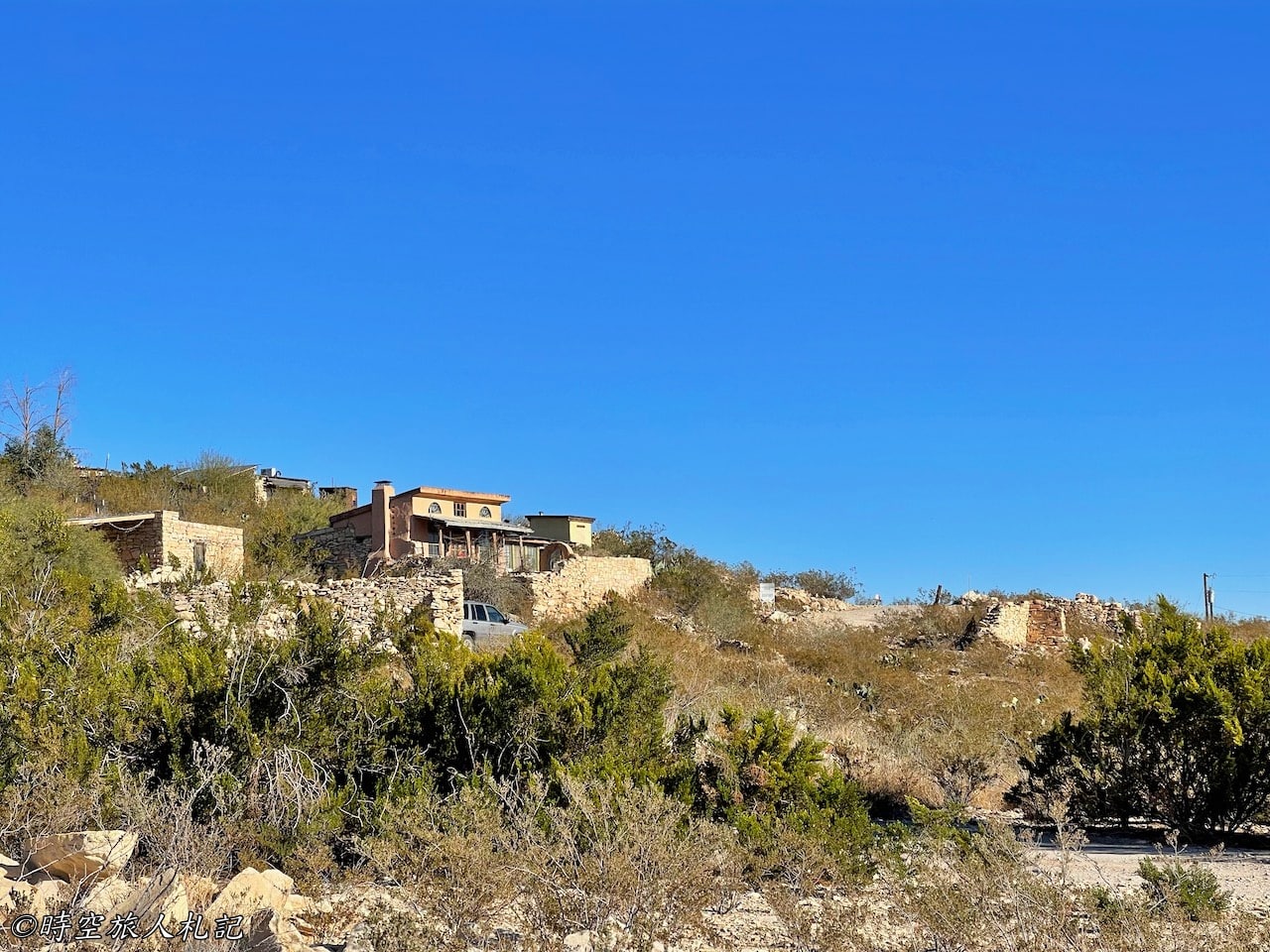
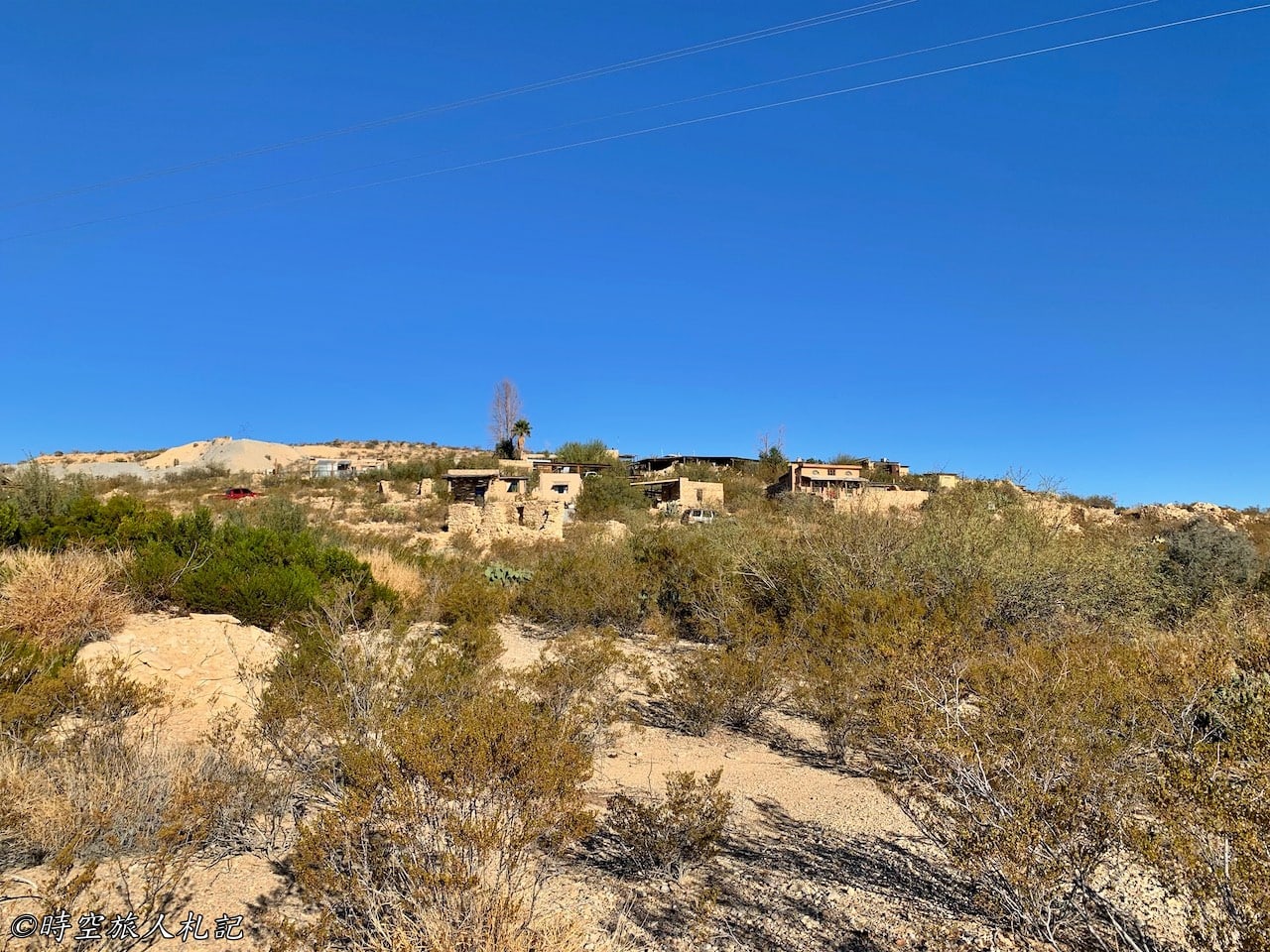
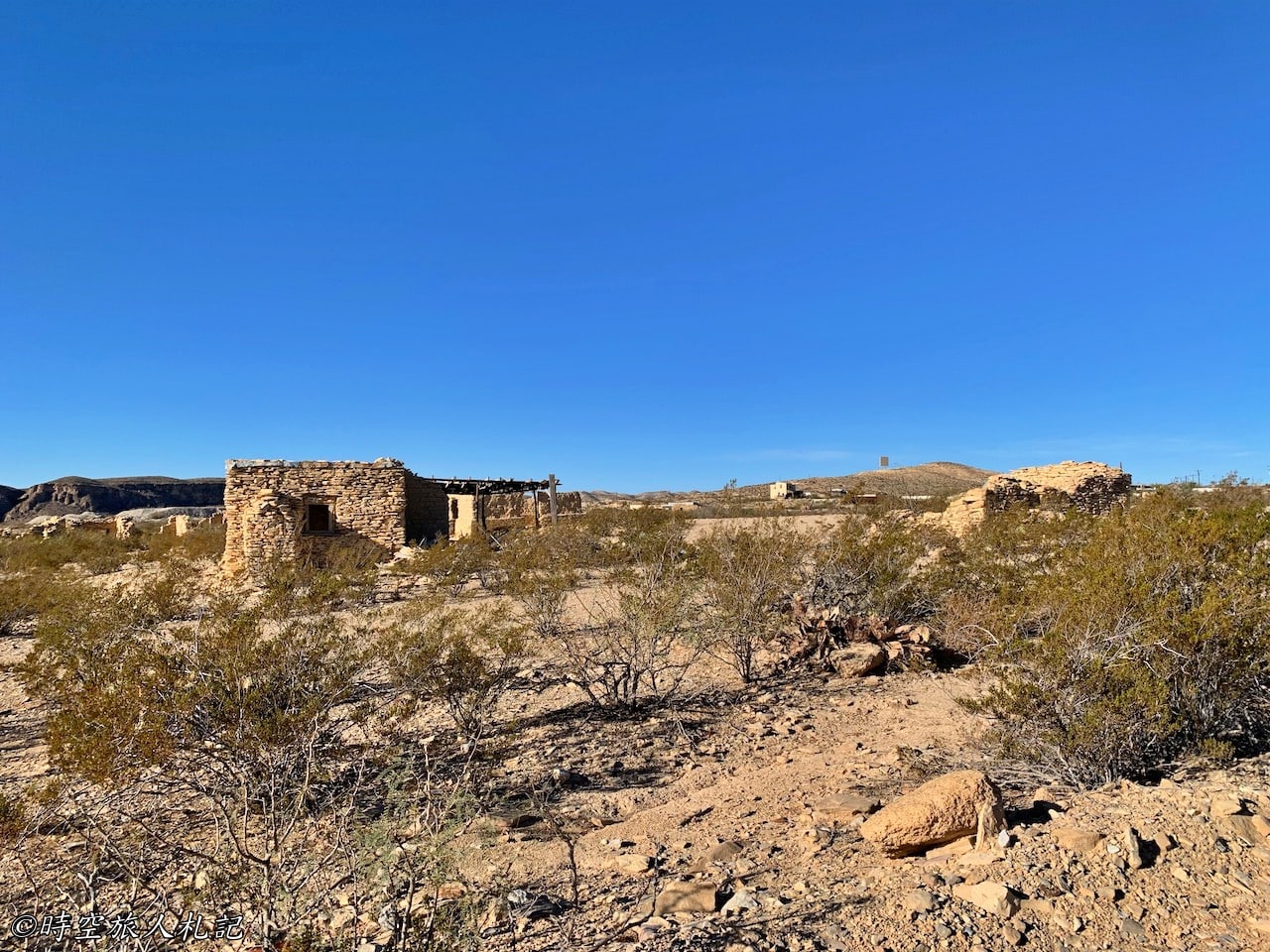
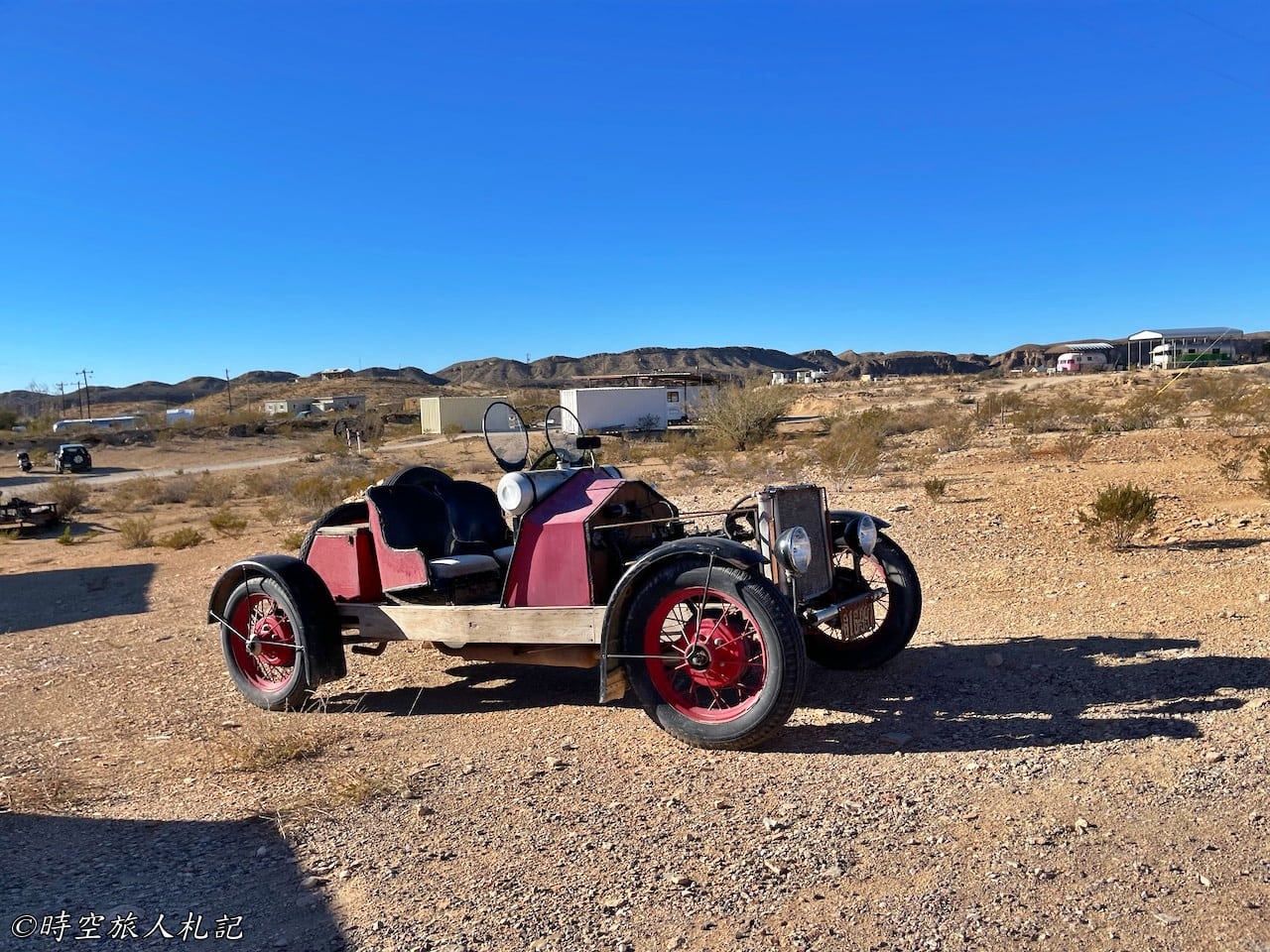
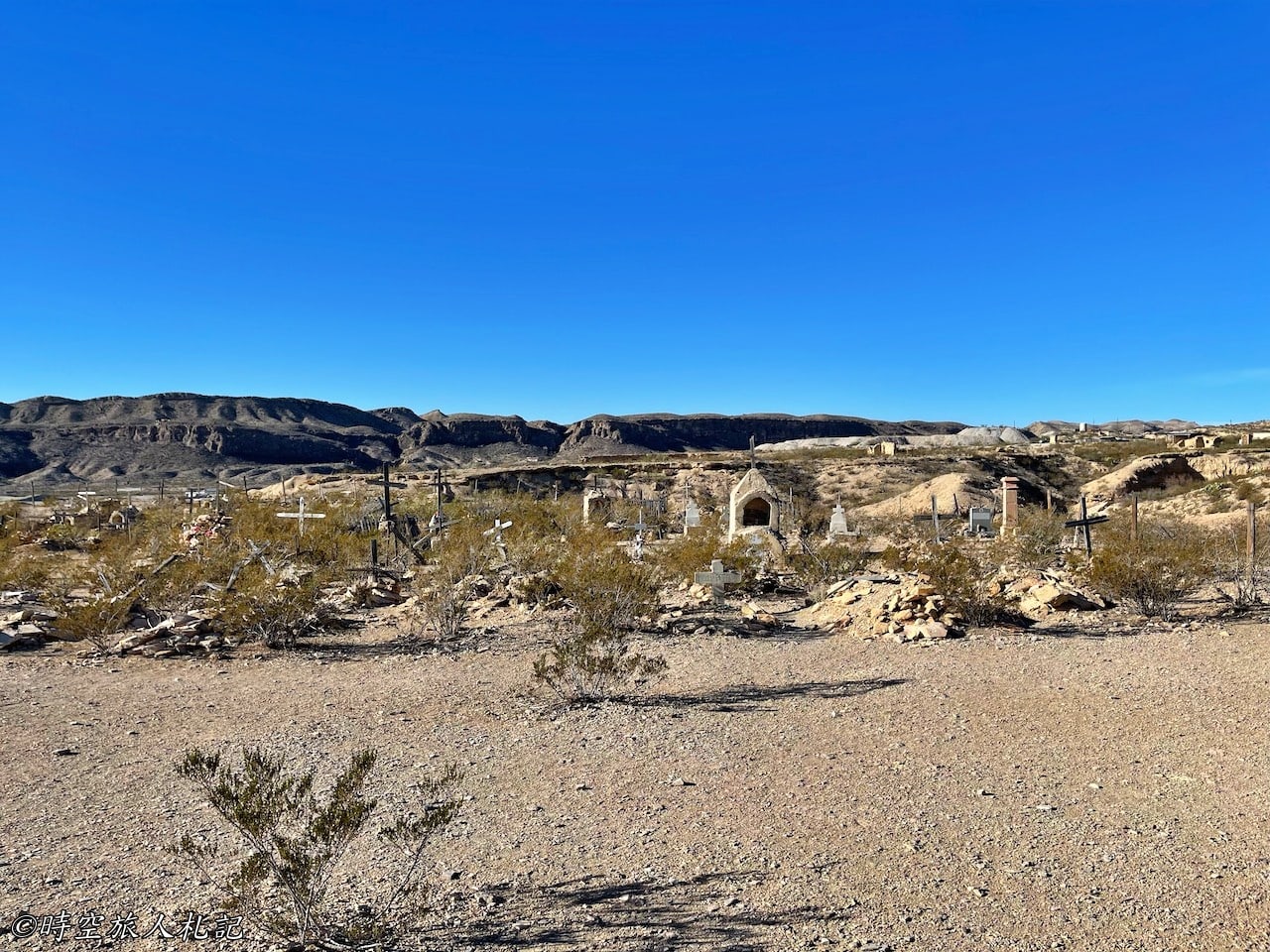
![Texas Tourism] Big Bend National Park 3 Days Self-drive Itinerary, Accommodation, Food Tips General Organization 36 Big Bend National Park, Big Bend National Park 34](https://blog.travelhackfun.com/wp-content/uploads/2022/03/batch_2021-12-27-09-56-02.jpg)
![Texas Tourism] Big Bend National Park 3 Days Self-drive Itinerary, Accommodation, Food Tips General Organization 37 Big Bend National Park, Big Bend National Park 35](https://blog.travelhackfun.com/wp-content/uploads/2022/03/batch_2021-12-27-09-56-24.jpg)
Recommended accomodation: The Summit at Big Bend
For our trip, since we hoped to stay closer to Terlingua but found all the accommodations there fully booked, we ended up booking a glamping spot located to the west of Terlingua, called The Summit at Big Bend. The location is somewhat remote, and we had to drive a fairly long stretch on an unpaved road to get there. However, once we reached our accommodation, the overall setting was quite nice. The experience of watching the sunrise in the morning and stargazing at night with the windows down was worth the price alone.
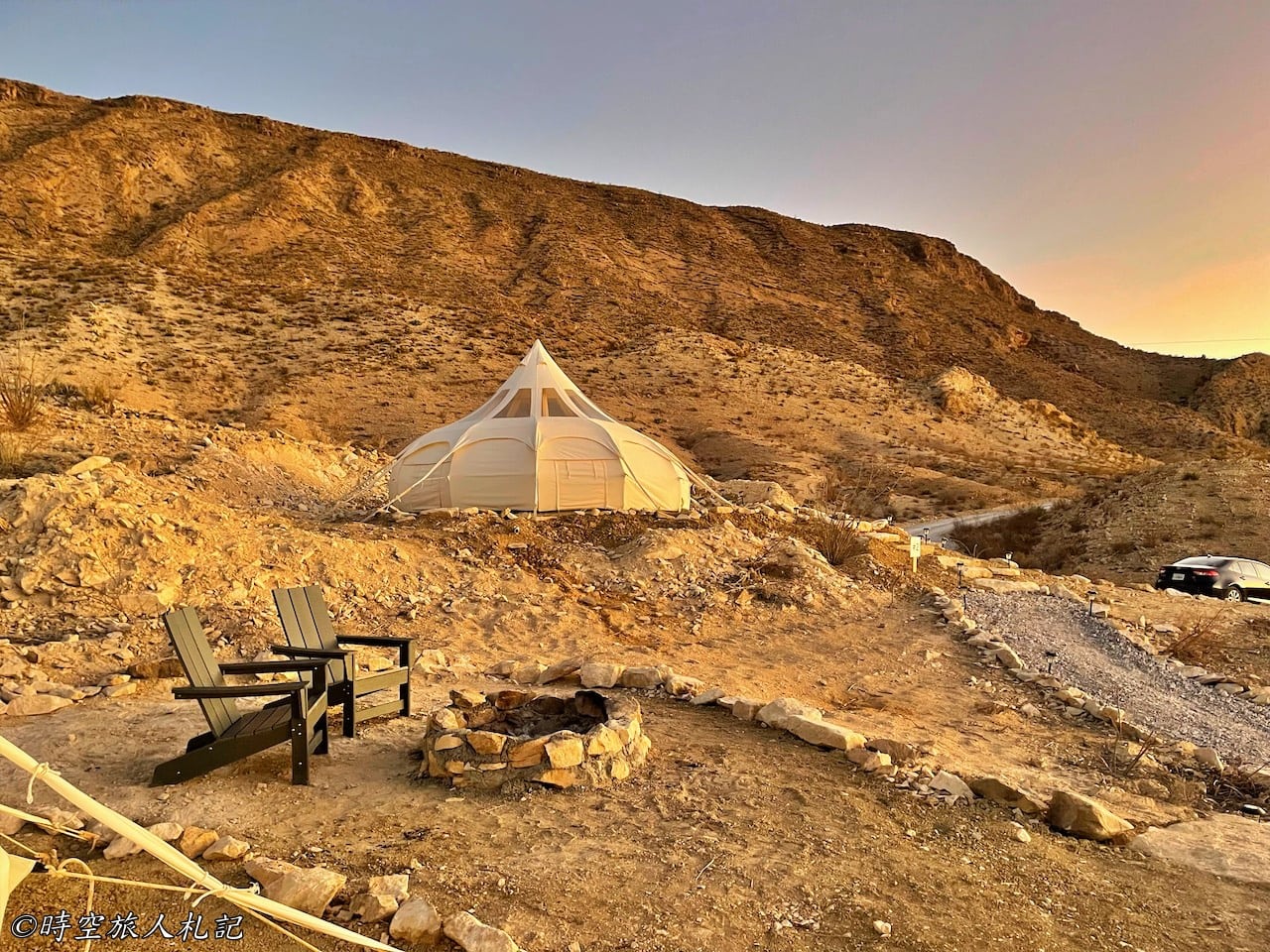
![Texas Tourism] Big Bend National Park 3 Days Self-drive Itinerary, Accommodation, Food Tips General Organization 39 Big Bend National Park, Big Bend National Park 37](https://blog.travelhackfun.com/wp-content/uploads/2022/03/batch_2021-12-26-07-38-39.jpg)
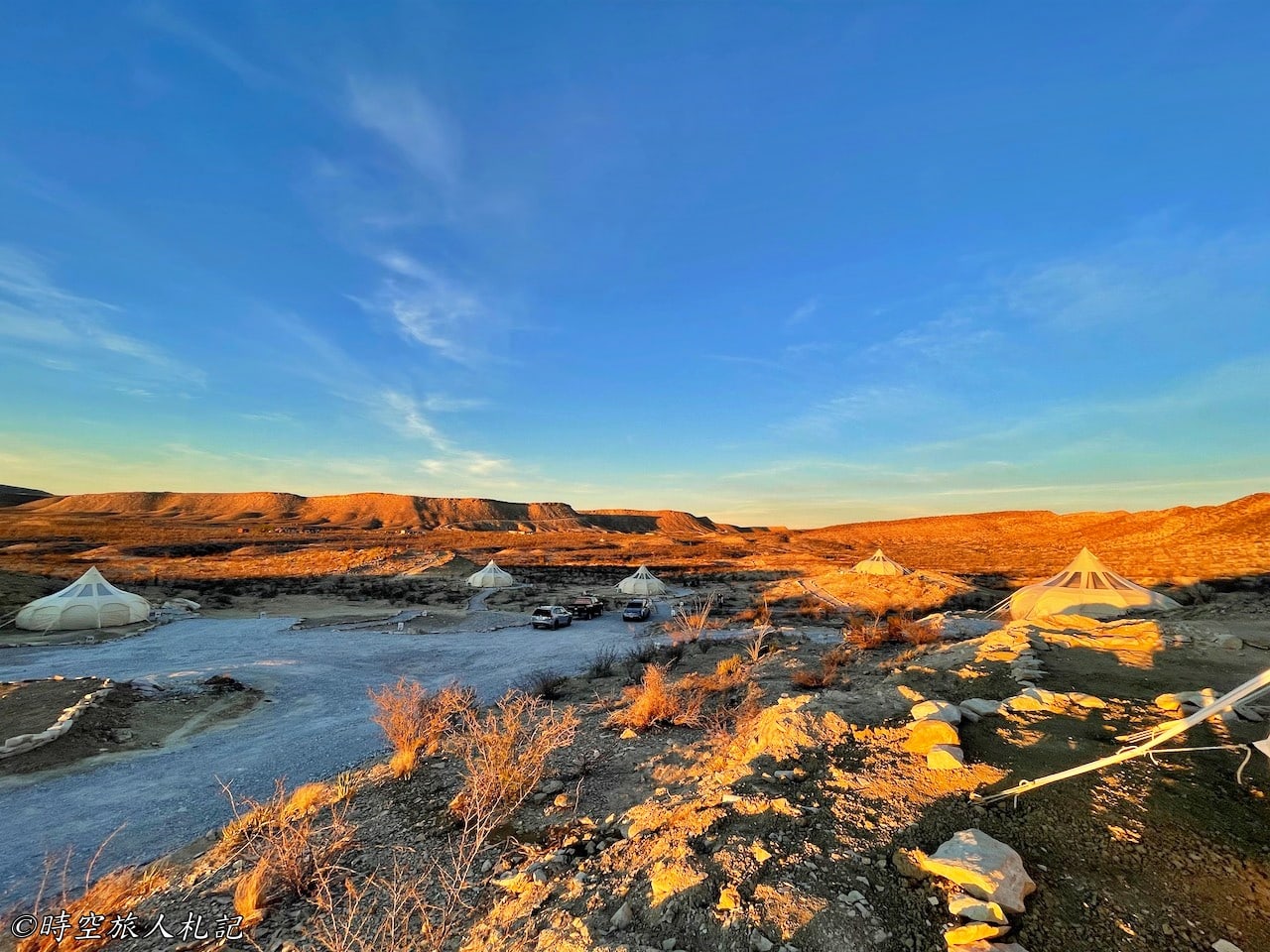

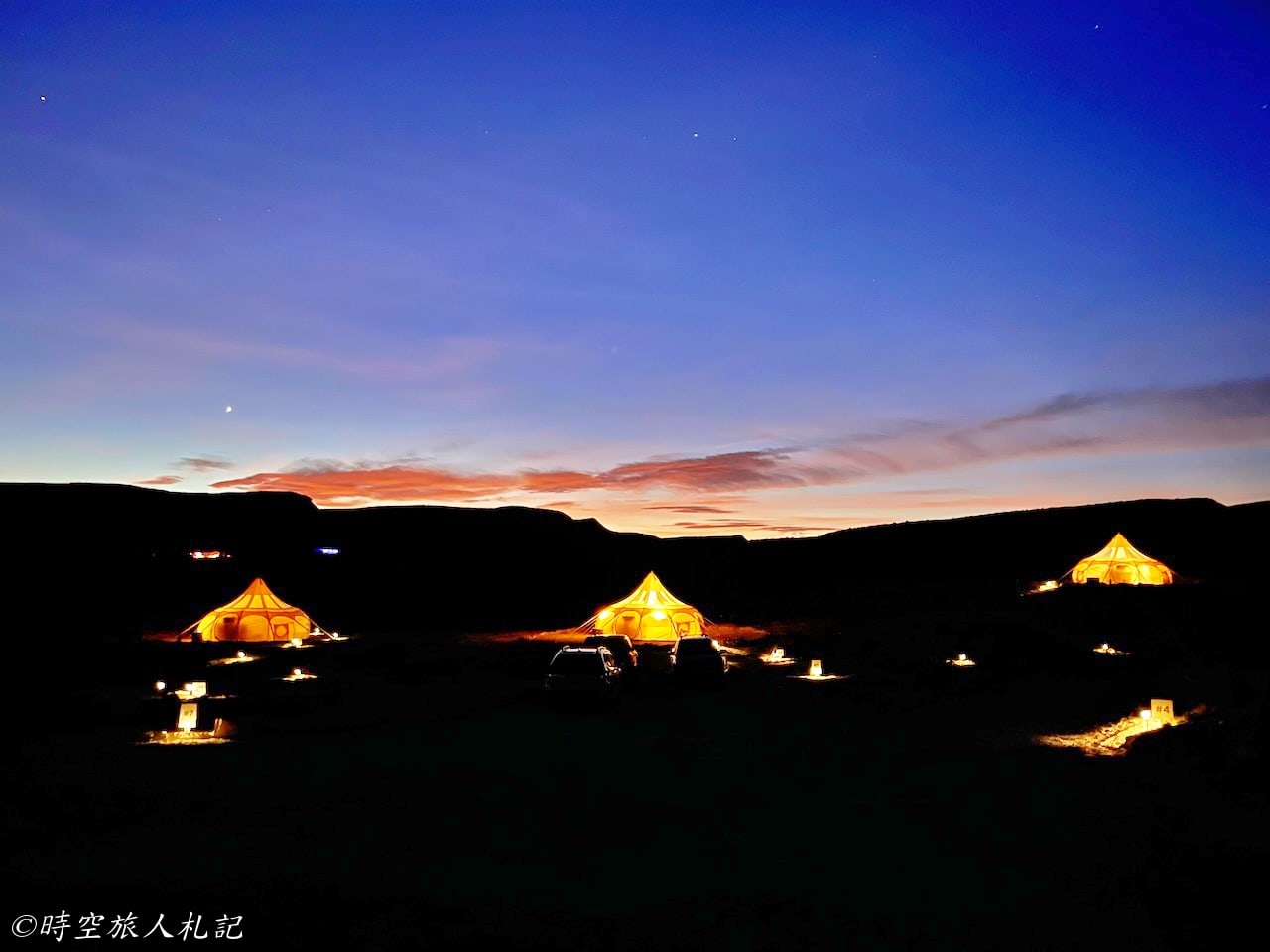
![Texas Tourism] Big Bend National Park 3 Days Self-drive Itinerary, Accommodation, Food Tips General Organization 43 Big Bend National Park, Big Bend National Park 41](https://blog.travelhackfun.com/wp-content/uploads/2022/03/batch_2021-12-26-18-52-00.jpg)
The tent is equipped with air conditioner, sofa, refrigerator, water faucet, and the outside toilet is very clean and comfortable.
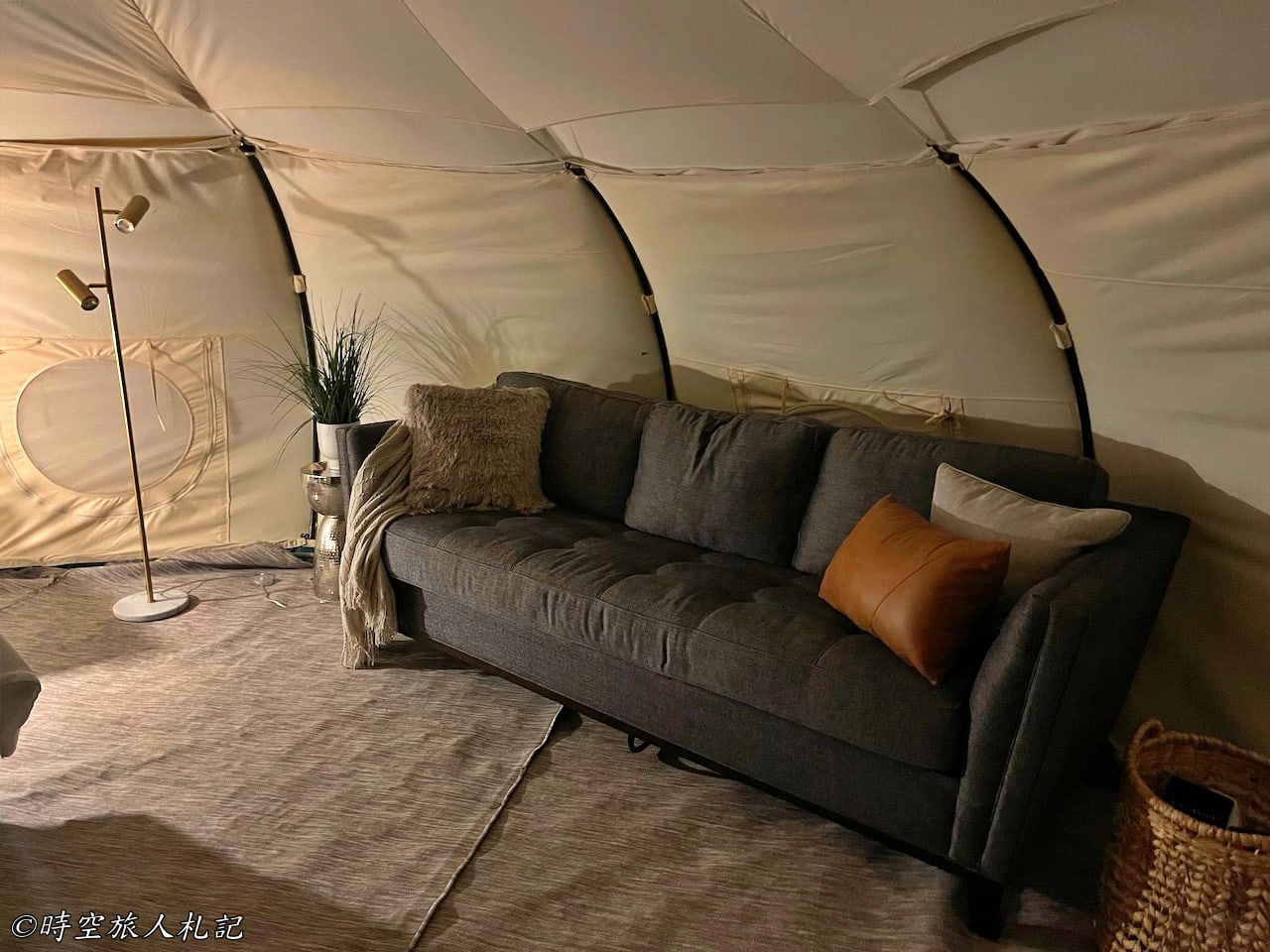
![Texas Tourism] Big Bend National Park 3 Days Self-drive Itinerary, Accommodation, Food Tips General Organization 45 Big Bend National Park, Big Bend National Park 43](https://blog.travelhackfun.com/wp-content/uploads/2022/03/batch_2021-12-25-21-32-48.jpg)
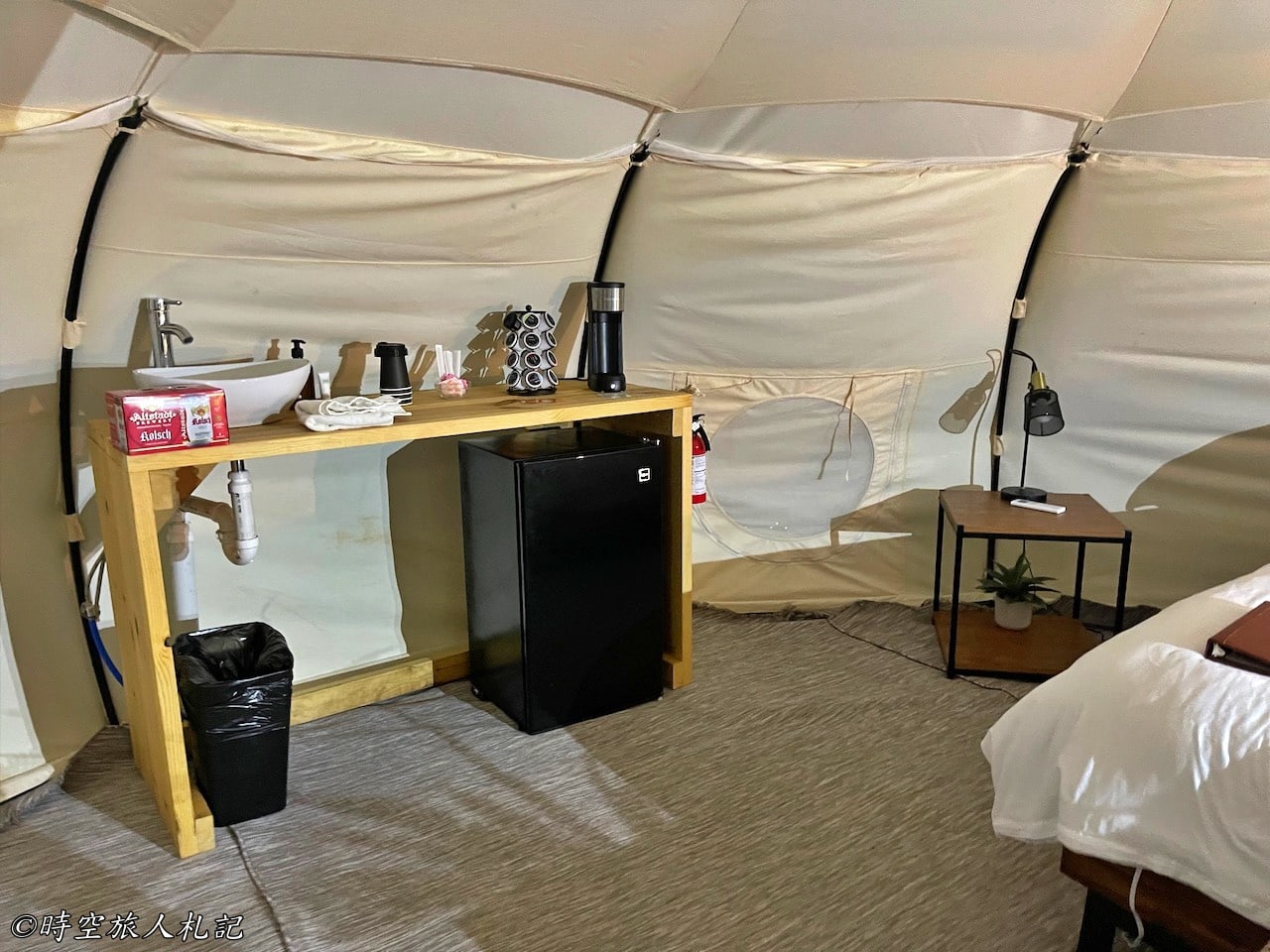
Where to eat?
Terlingua
Starlight Theater
- Rating: ⭐️⭐️⭐️
- Price: $$
Located in Terlingua, the Starlight Theater is the most popular restaurant in the area. Known for its lively atmosphere with live music performances during dinner, it's common to find a waiting time of over an hour. However, the wait can be quite enjoyable as you can order drinks at the bar and sit outside. While the food may not be exceptionally stunning, it's consistently good. Among the dishes we tried, the Texas Antelope Burger stood out as the most delicious.
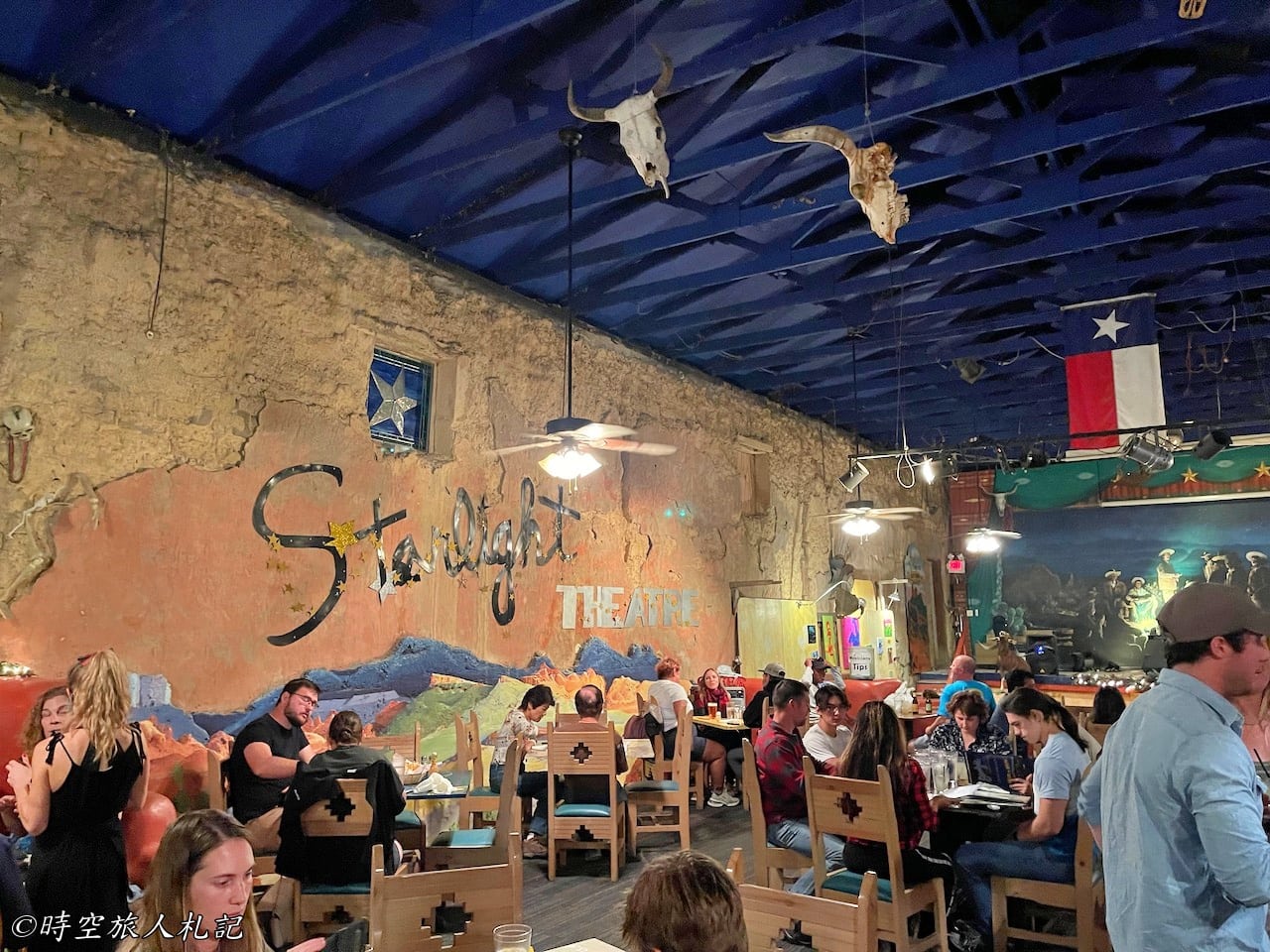
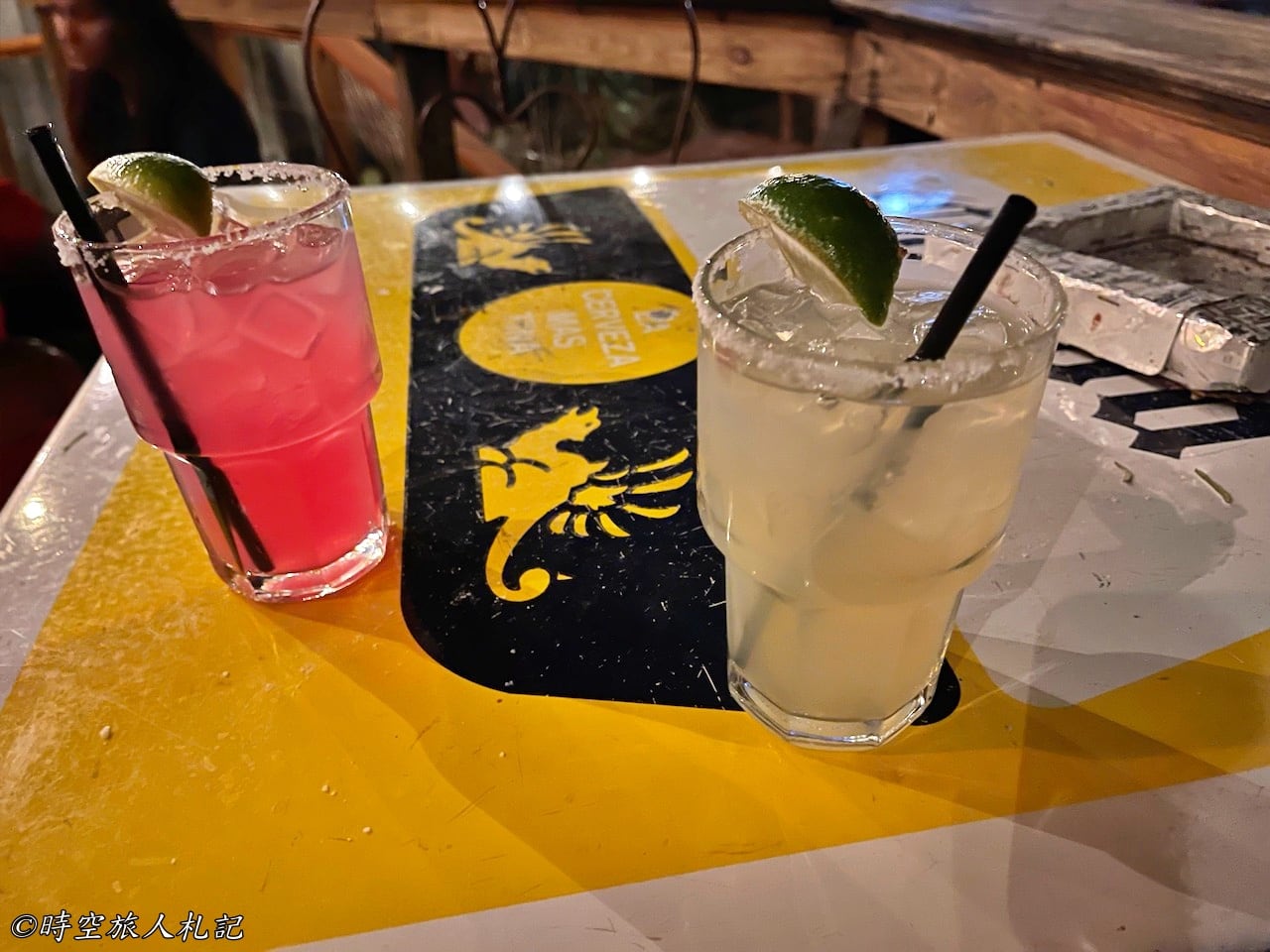


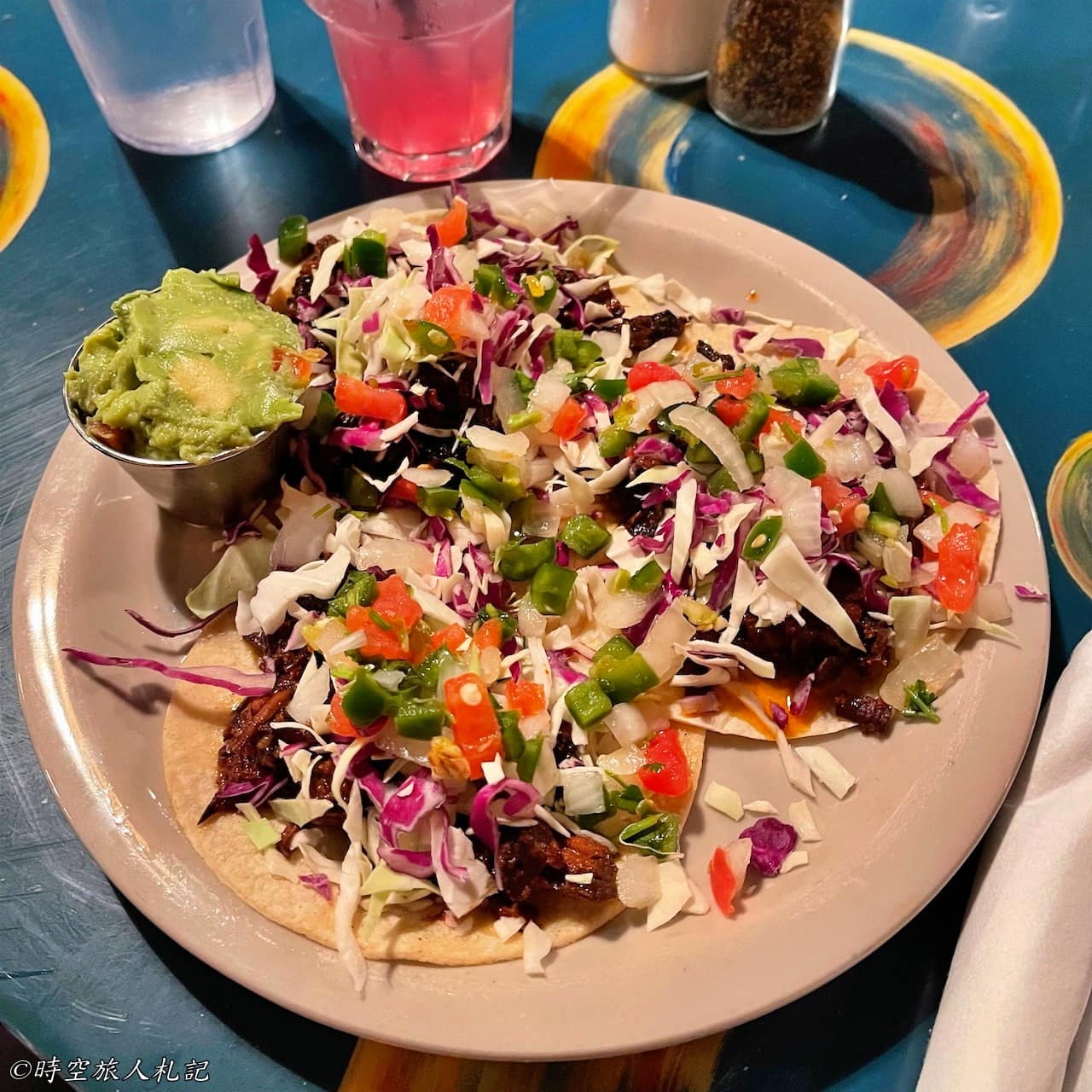
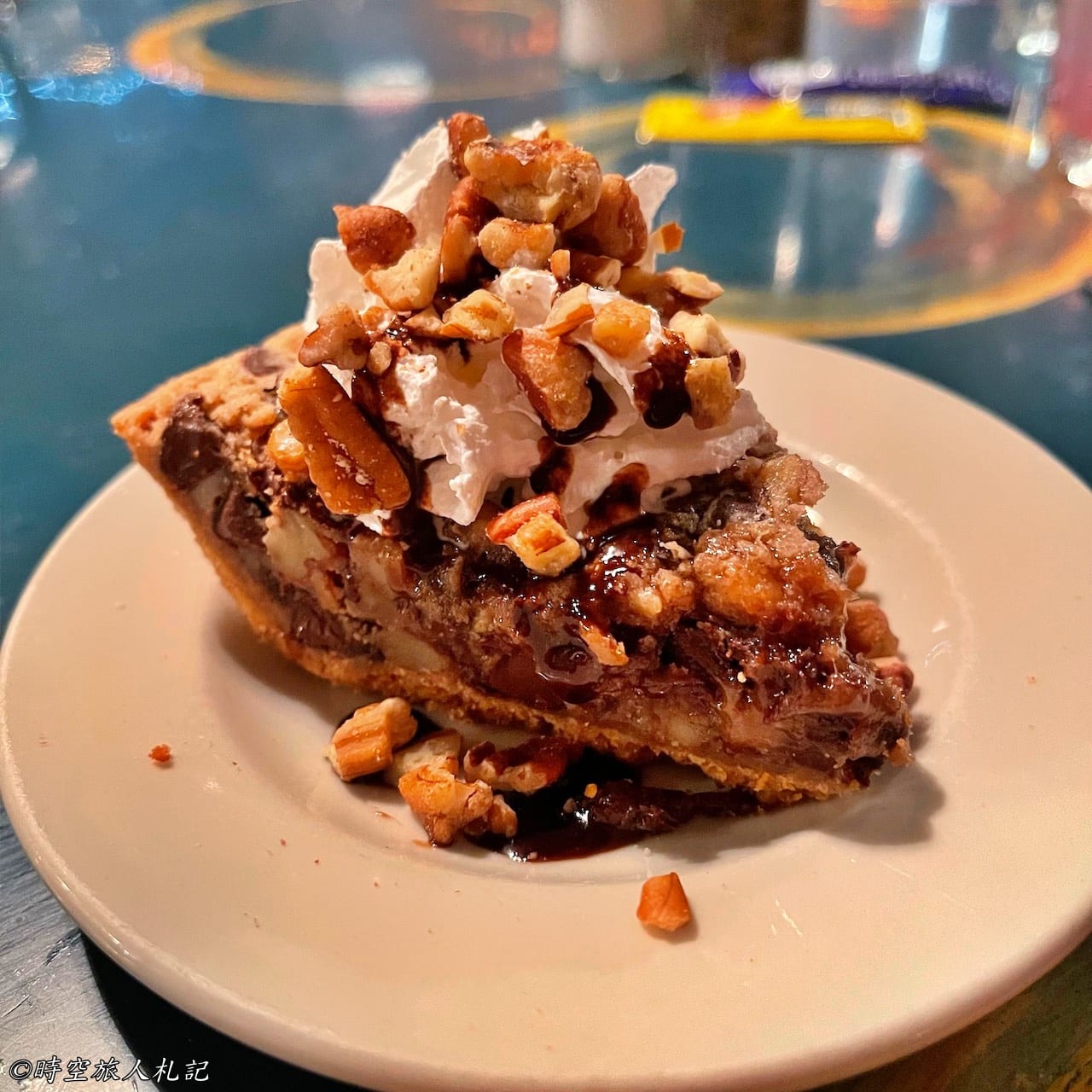
Taqueria El Milagro
- Rating: ⭐️⭐️⭐️⭐️
- Price: $
In the old town, we visited a Tex-Mex restaurant where the menu was predominantly Mexican cuisine, and the staff appeared quite relaxed and casual. We particularly enjoyed their tacos, which were priced per piece, allowing us to freely choose different flavors. We tried every variety they offered, including a cactus-flavored one. Opting for moderation, the two of us only ordered ten tacos, which were quite small – one person could easily manage ten. Additionally, we ordered Horchata as our beverage, which turned out to be the most delicious drink we had during our trip.
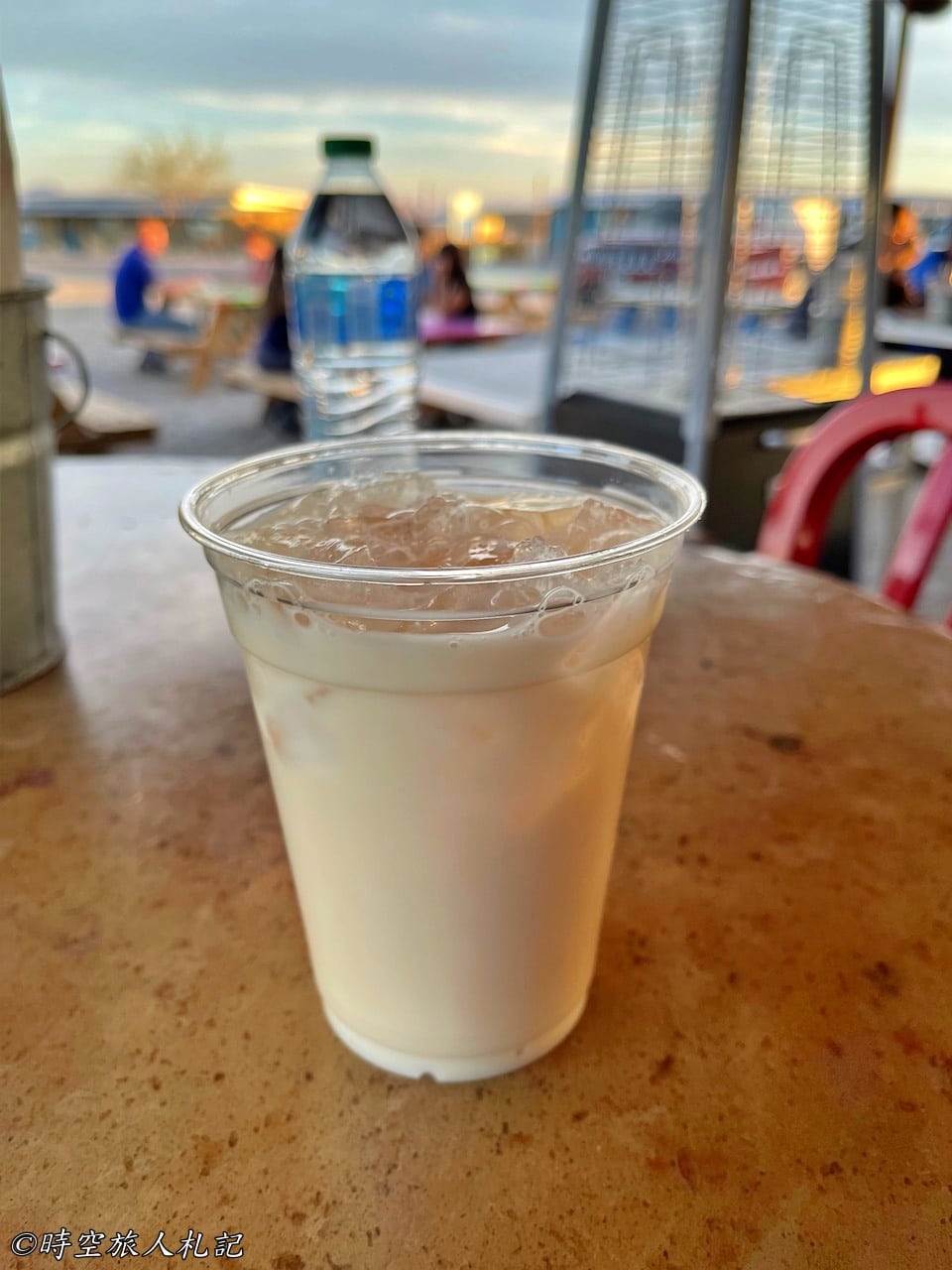
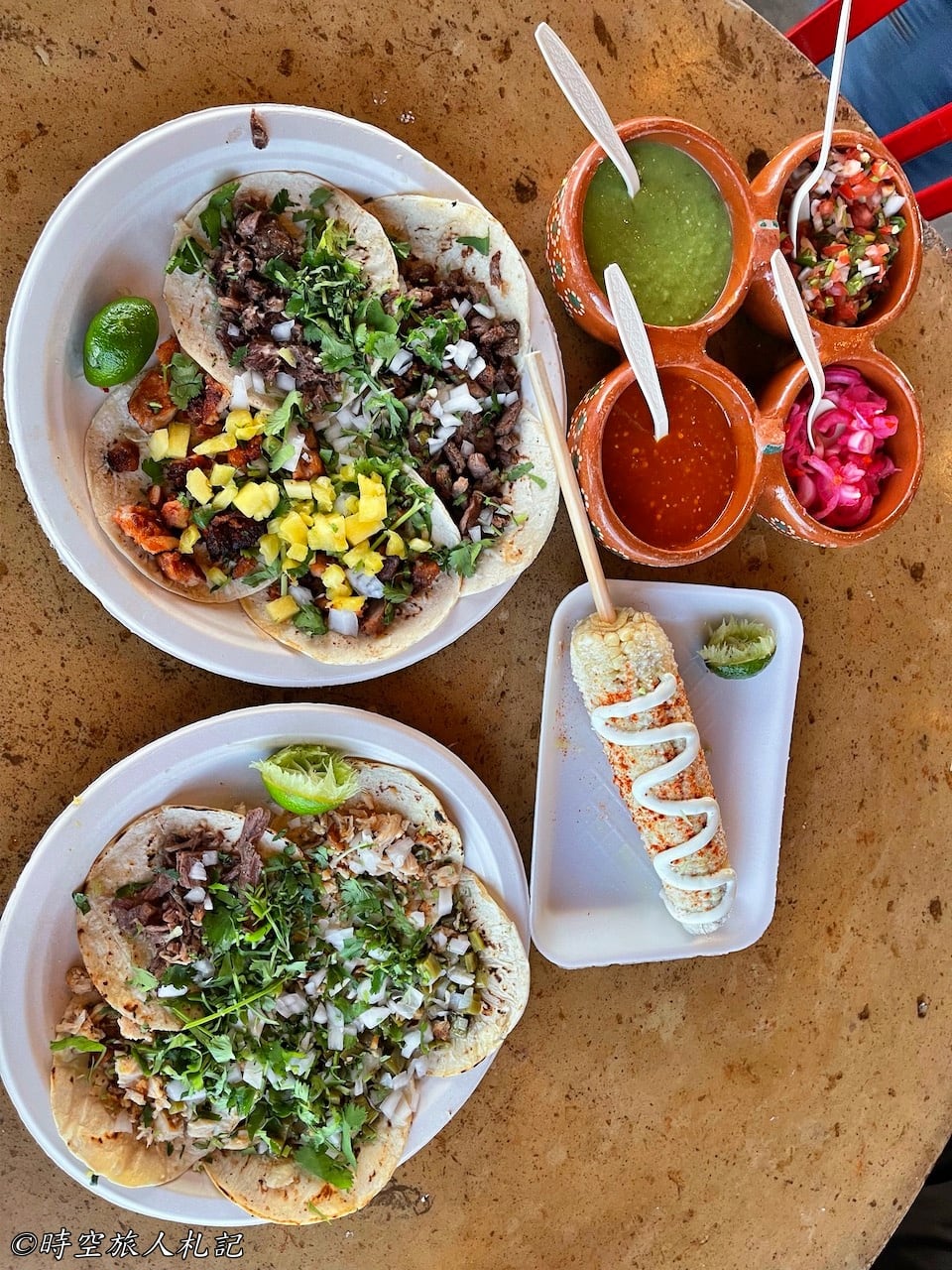
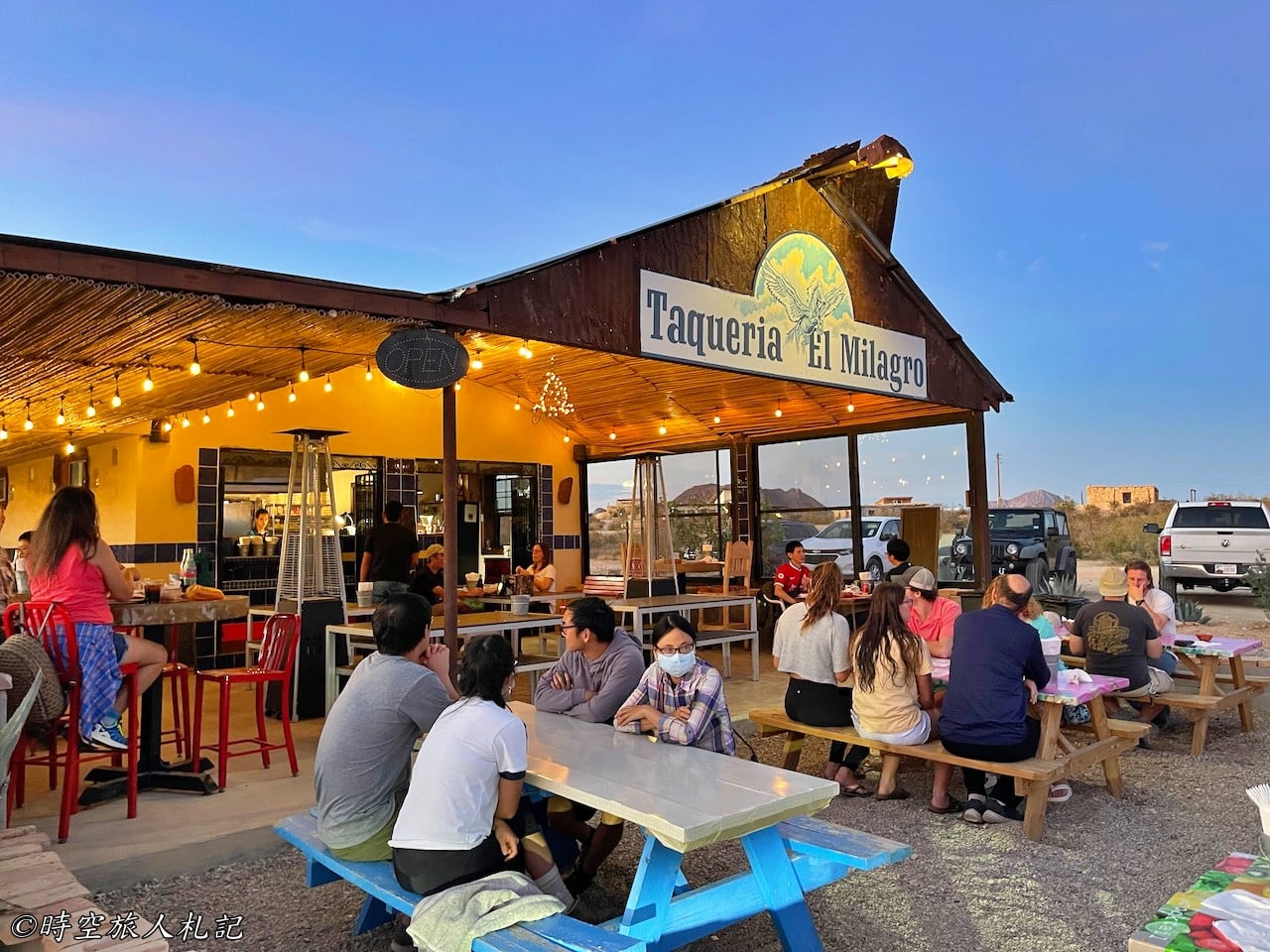
La Posada Milagro
- Rating: ⭐️⭐️⭐️⭐️
- Price: $$
There are a few places open in the morning where you can grab breakfast. One such spot, which also functions as a small inn, is located right in the middle of the historic area. Its unique exterior adds to the ambiance, making you feel almost as if you're about to head off to a day of mining while sitting there enjoying a burrito and coffee. The menu offers both Tex-Mex and American-style breakfast and brunch options, with all dishes being customizable. However, be prepared for potentially long lines.
![Texas Tourism] Big Bend National Park 3 Days Self-drive Itinerary, Accommodation, Food Tips General Organization 56 Big Bend National Park, Big Bend National Park 54](https://blog.travelhackfun.com/wp-content/uploads/2022/03/batch_2021-12-27-09-12-56.jpg)

Alpine
Reata
- Rating: ⭐️⭐️⭐️⭐️
- Price: $$
This restaurant is located in Alpine and offers reservations, a rare find in the desert-themed itinerary of the national park. It's one of the few upscale Tex-Mex restaurants in the area. The food is exceptionally good, with the Tenderloin Tamales being more filling than anticipated. We ended up ordering a bit too much, and had to take away half of it, which lasted us for two days.
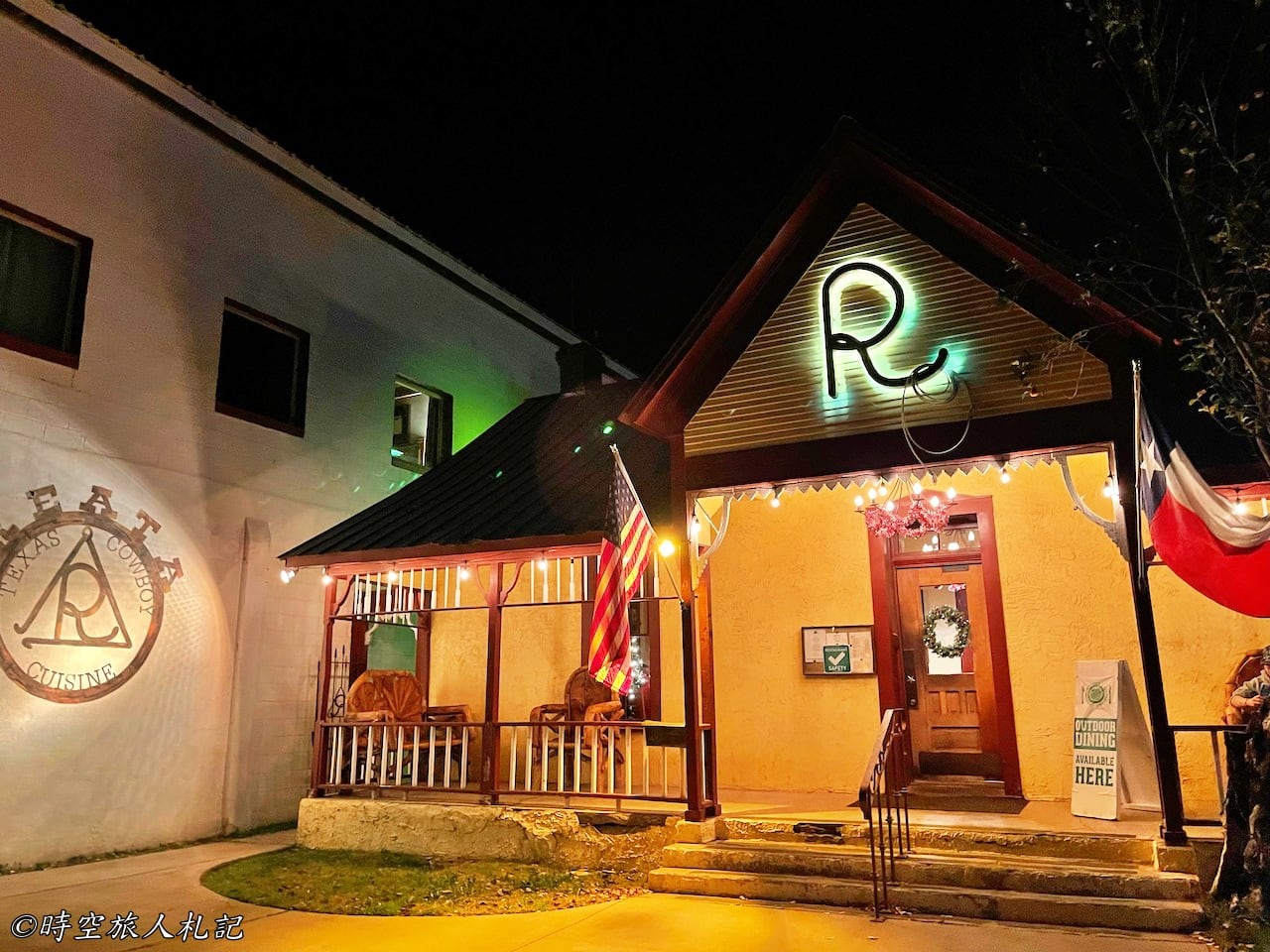
![Texas Tourism] Big Bend National Park 3 Days Self-drive Itinerary, Accommodation, Food Tips General Organization 59 Big Bend National Park, Big Bend National Park 57](https://blog.travelhackfun.com/wp-content/uploads/2022/03/batch_2021-12-24-20-19-18.jpg)
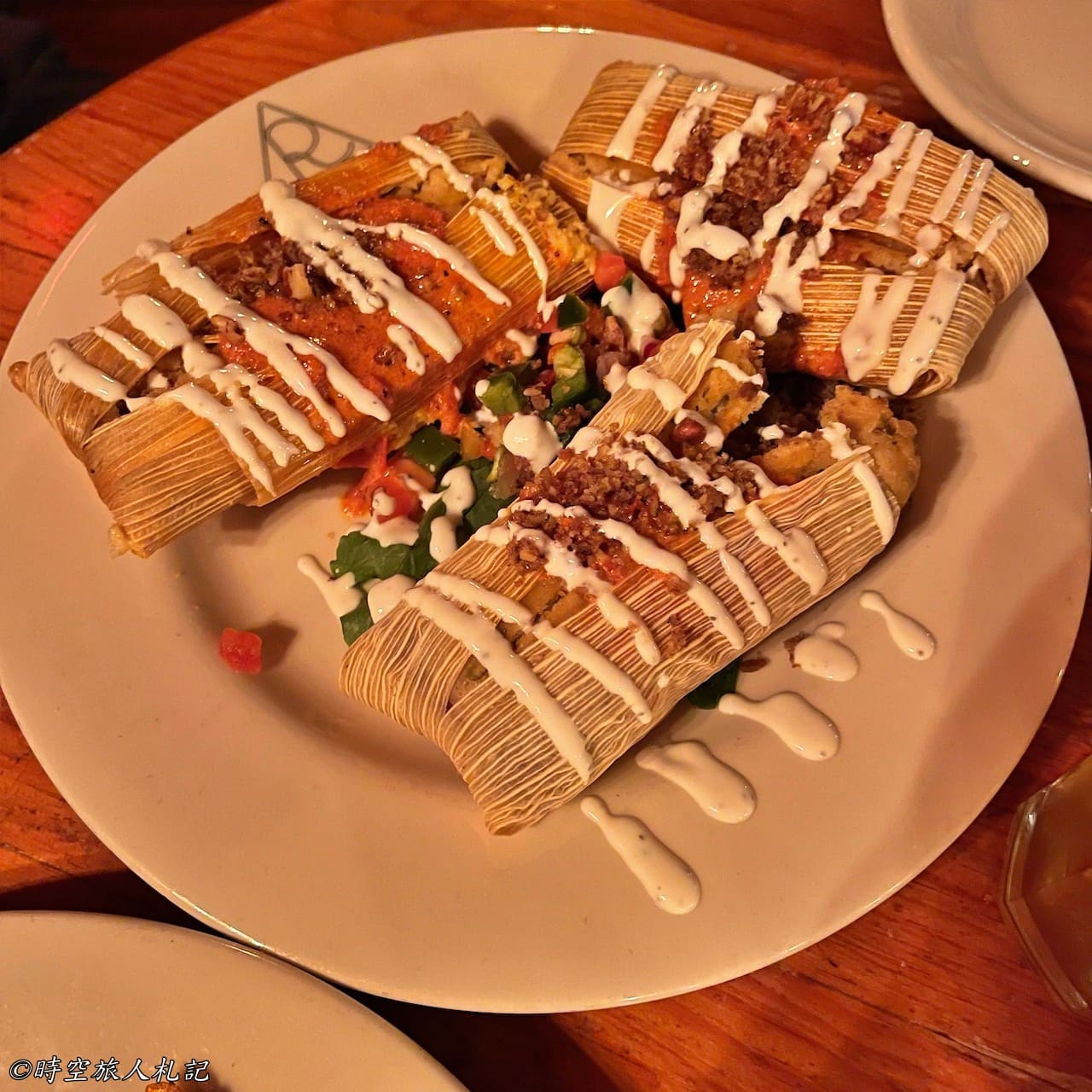
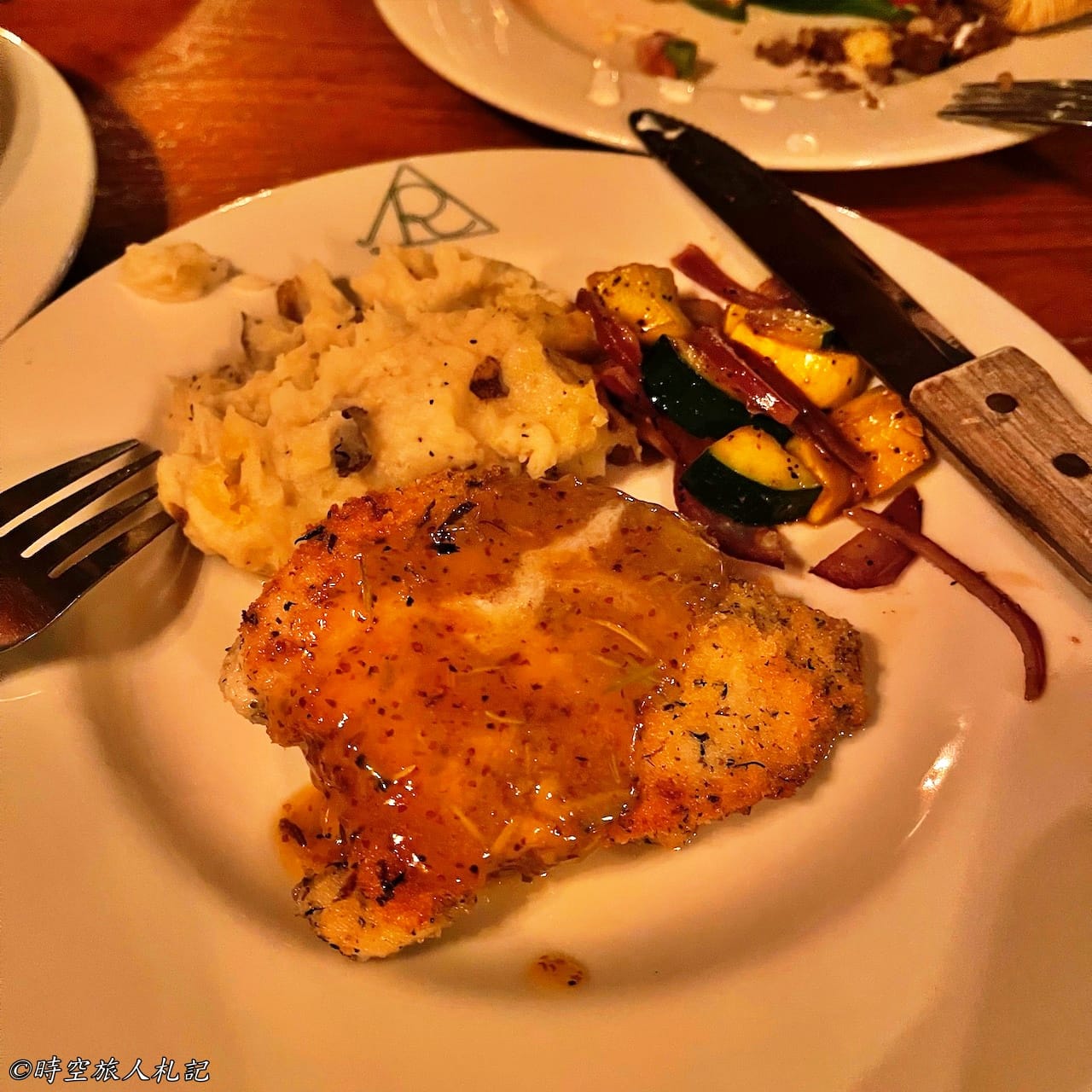

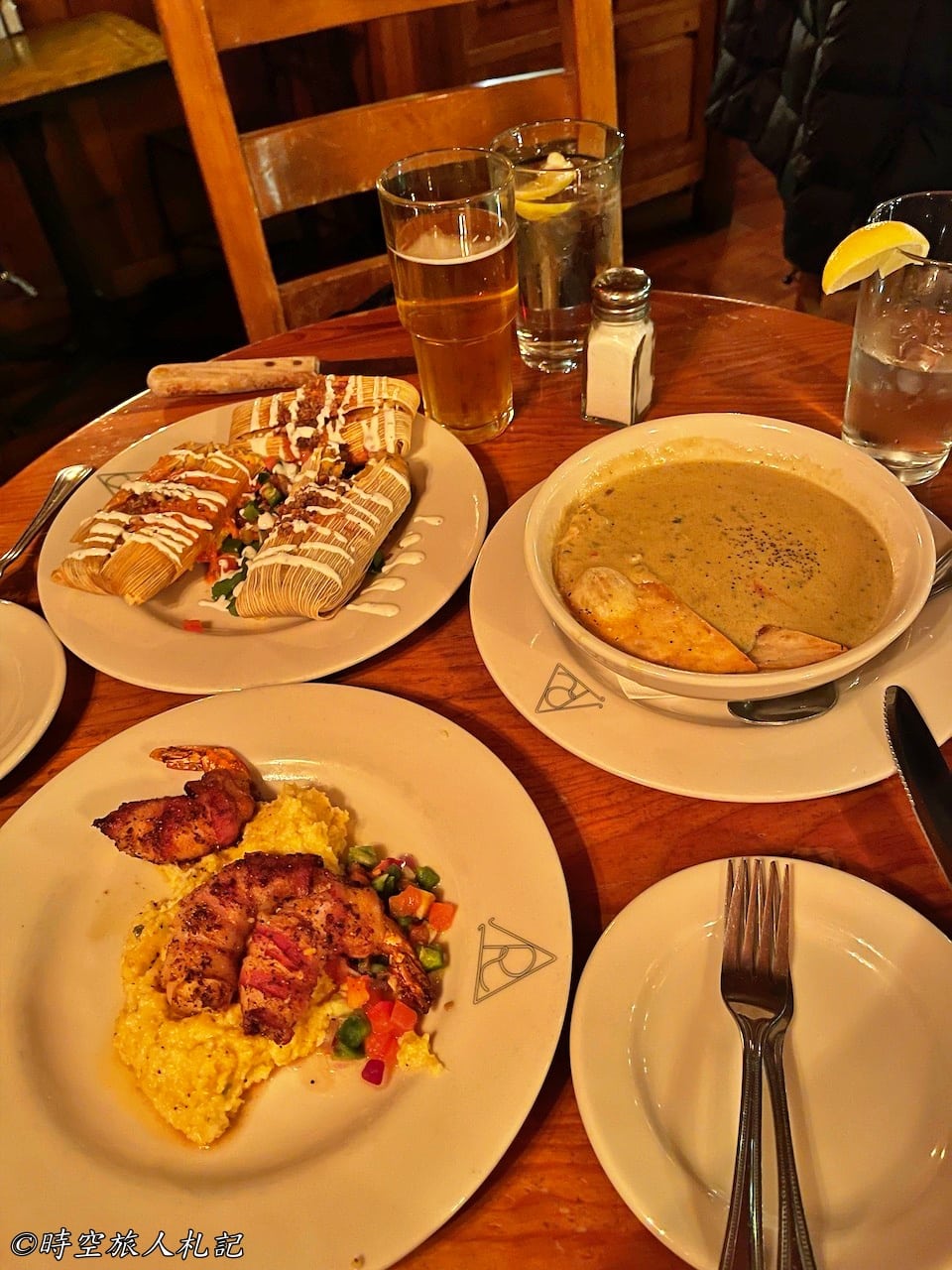
Guzzi Up
- Rating: ⭐️⭐️⭐️
- Price: $
Typically, I don't opt for pizza when traveling unless there aren't many other options. However, during this trip, due to the holiday season, many restaurants were closed, leading us to this pizzeria. One of the highlights of this establishment is its selection of craft beers, which became a pleasant surprise for us, even though we didn't come specifically for the drinks. We found the beer quite enjoyable. The pizza itself was also very well-made and flavorful.
Additionally, this restaurant demonstrated a high level of professionalism. Due to being short-staffed that day, service was slow. Remarkably, they began apologizing to new customers, explaining that they would not accept more patrons as they felt they couldn't guarantee the quality of their service. This level of customer care was impressive.
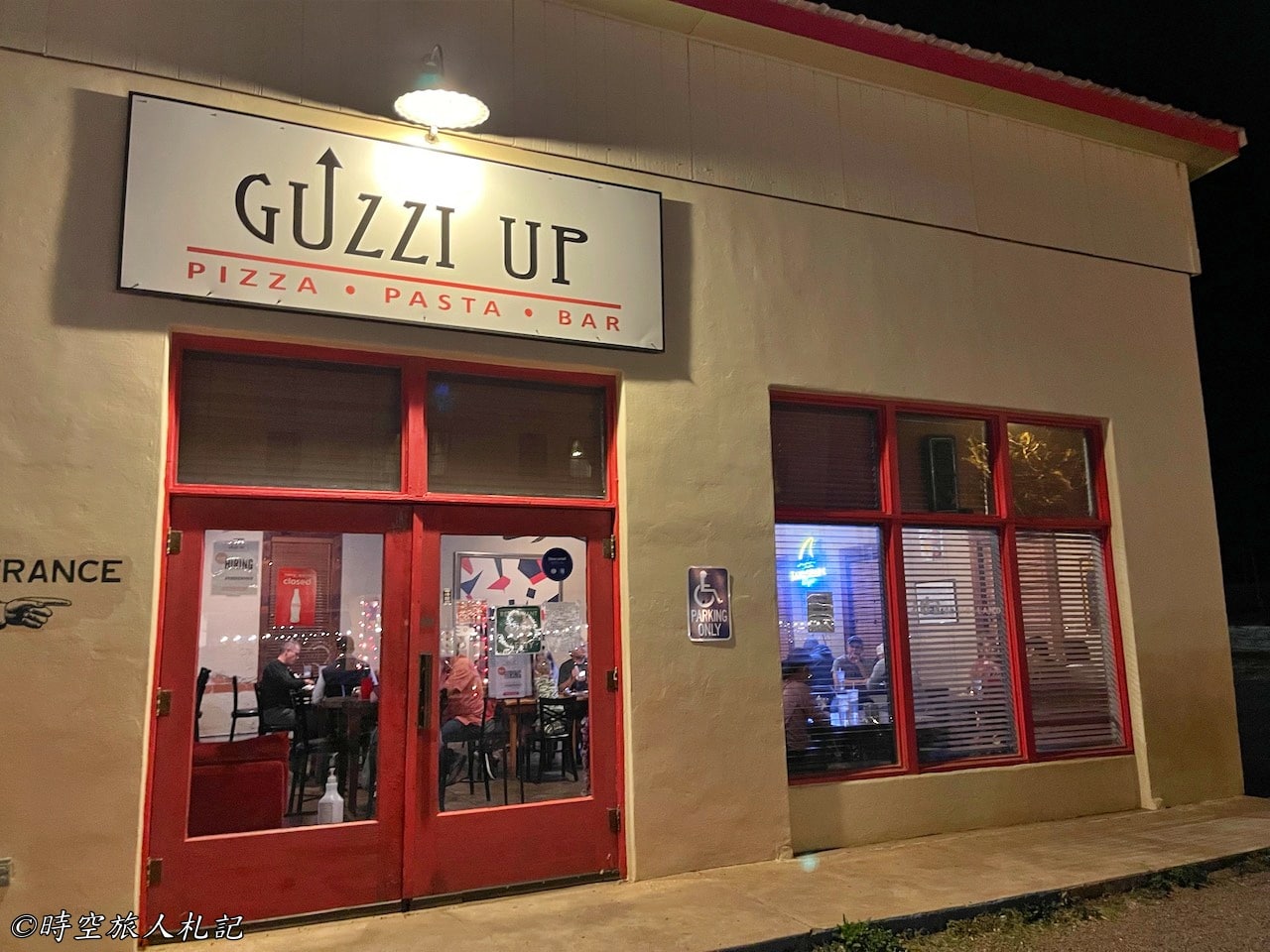
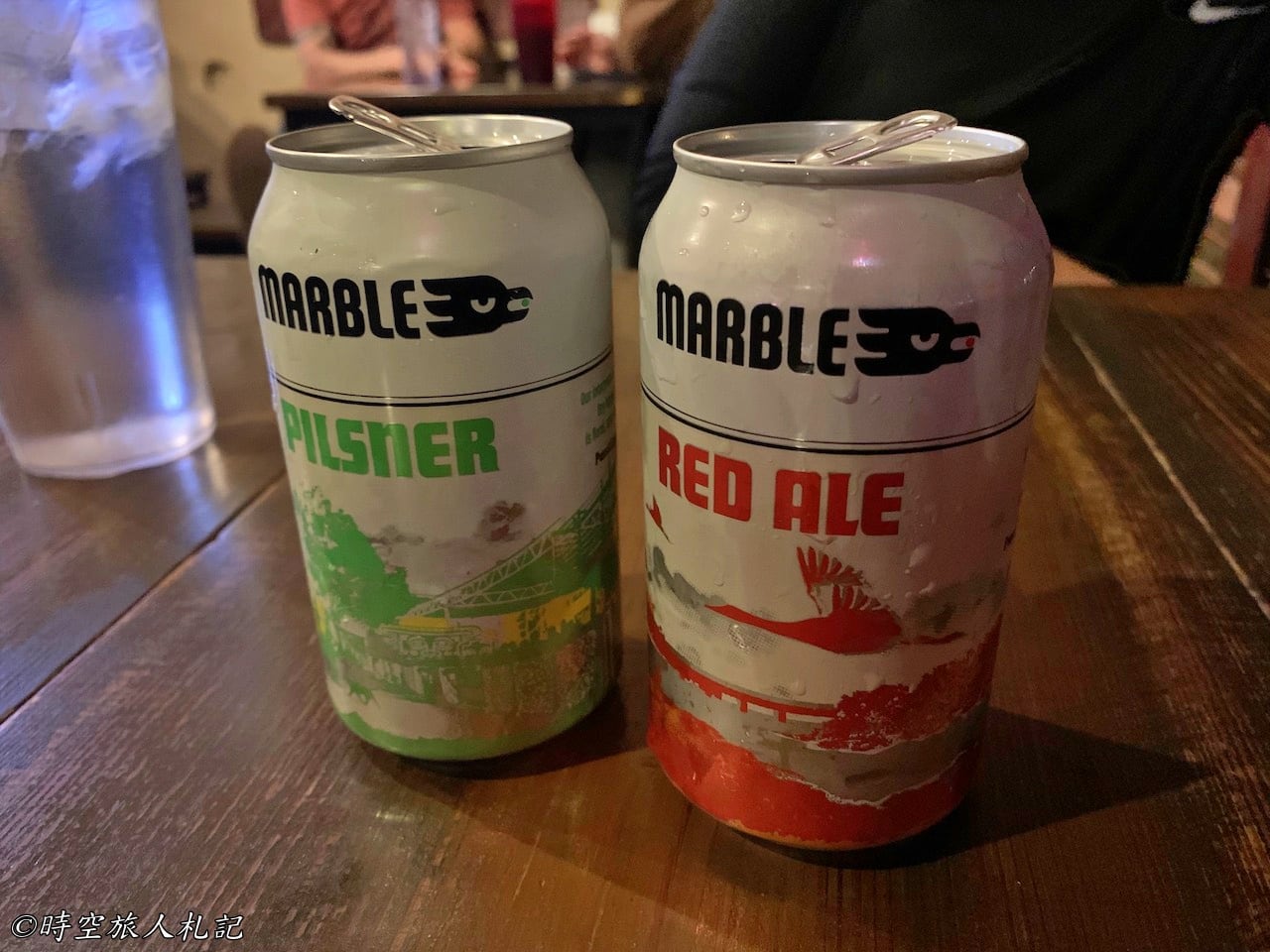

![Texas Tourism] Big Bend National Park 3 Days Self-drive Itinerary, Accommodation, Food Tips General Organization 67 Big Bend National Park, Big Bend National Park 65](https://blog.travelhackfun.com/wp-content/uploads/2022/03/batch_2021-12-27-20-22-00.jpg)
Further reading
- Discover Big Bend National Park: A Thorough 3-Day Self-Drive Adventure Guide with Insights on Accommodation and Eateries
- Big Bend National Park: Exploring the Rio Grande Village Area
- Big Bend National Park: Exploring the Ross Maxwell Scenic Drive
- Big Bend National Park: Exploring the Chisos Basin Area
For more information on Texas travel and cuisine, check out this link!
Thank you for visiting our website.
All the content on this site is original and shared with the purpose of providing valuable information. We sustain the operation of this site through a small amount of advertising and sponsored links. If you click on links to third-party merchants on our site and make purchases, we may receive a portion of the sales as a commission. If you click on links to third-party merchants on our site and make purchases, we may receive a portion of the sales as a commission.
Find more posts on a map Here.
My recommended resources for hotel bookings.
Recommended travel credit card for US-based travelers
Travel with just a backpack!
Buy me a coffee and support my contents!
If you are interested in quoting this article or using any part of its content and images on your website or publication, please contact us via email to request permission.